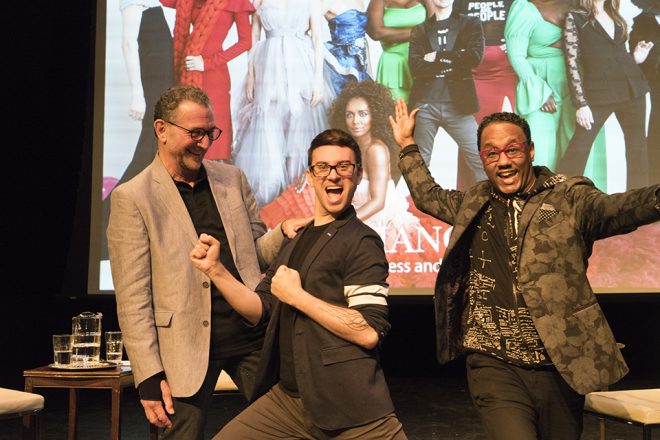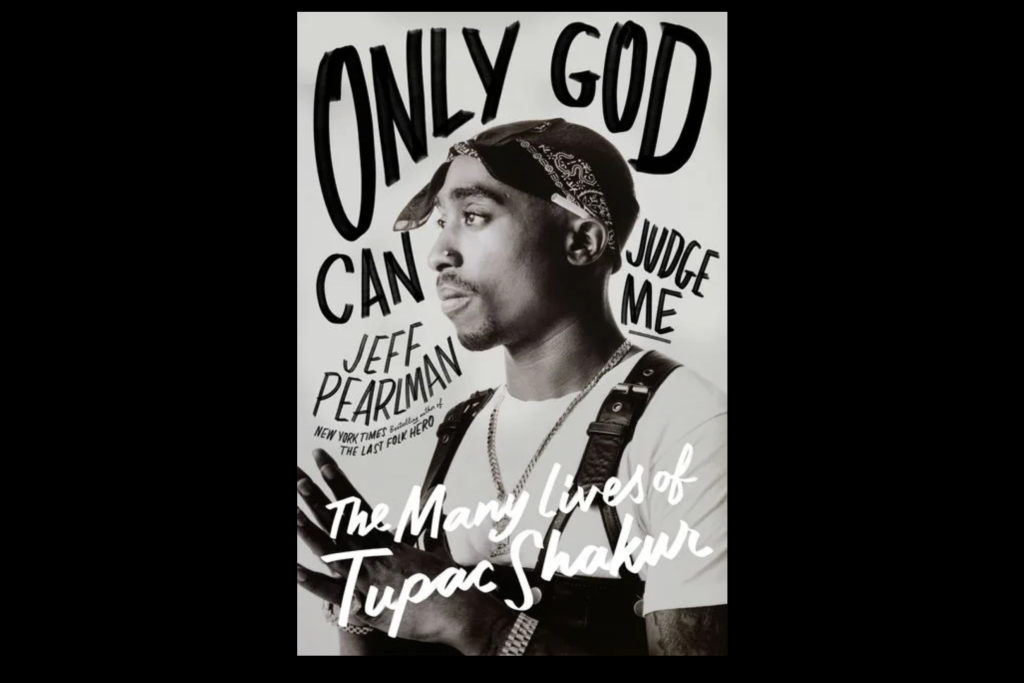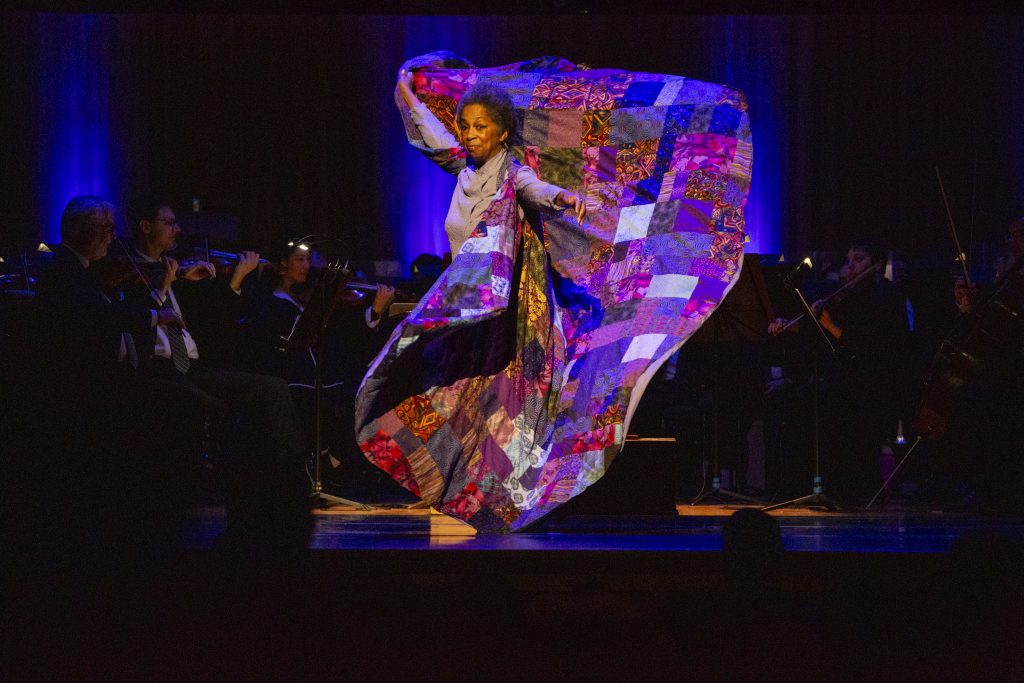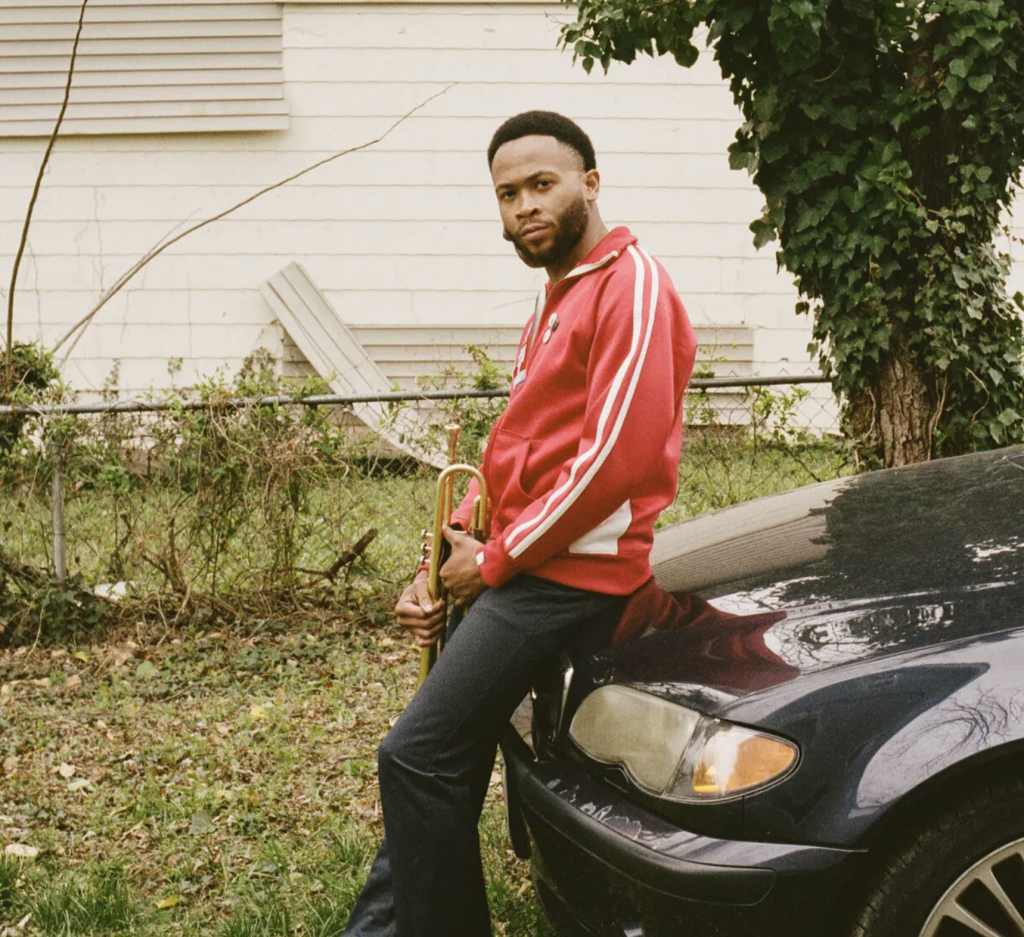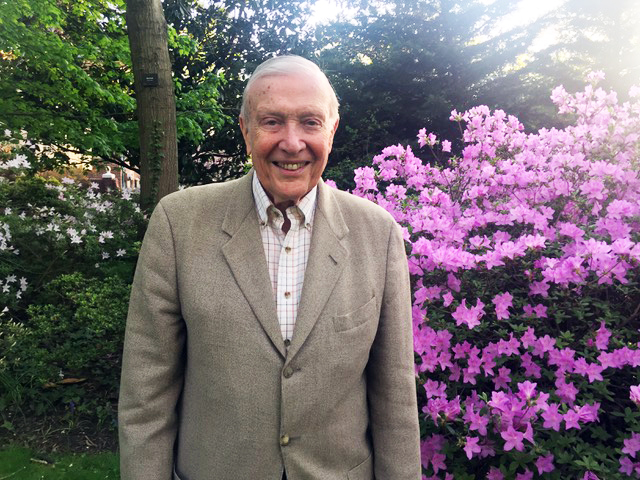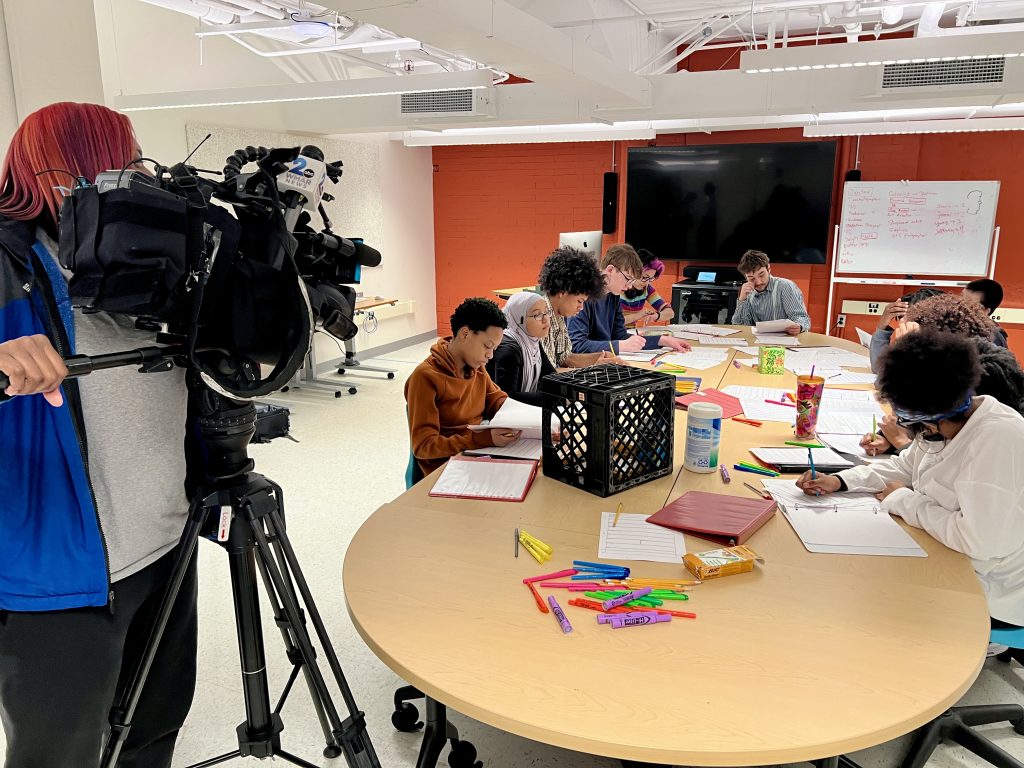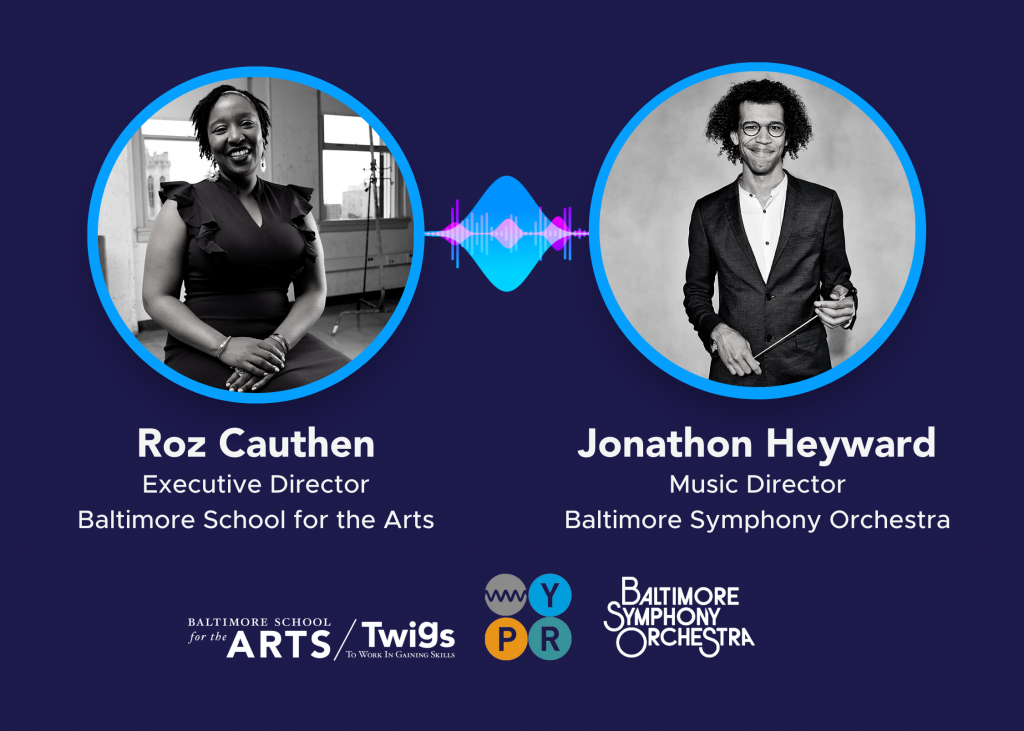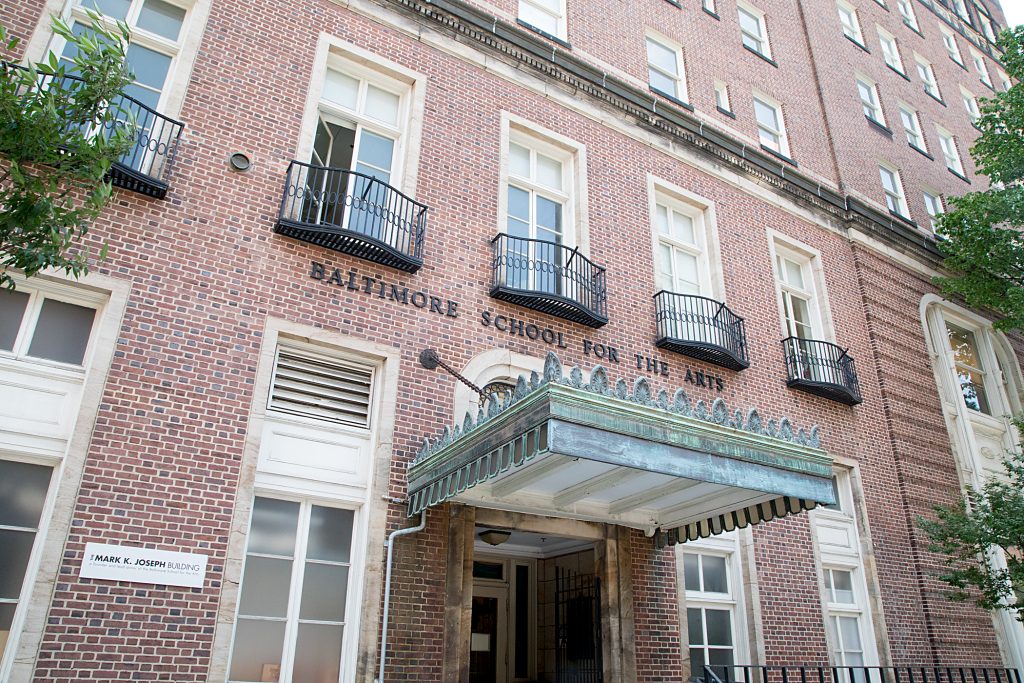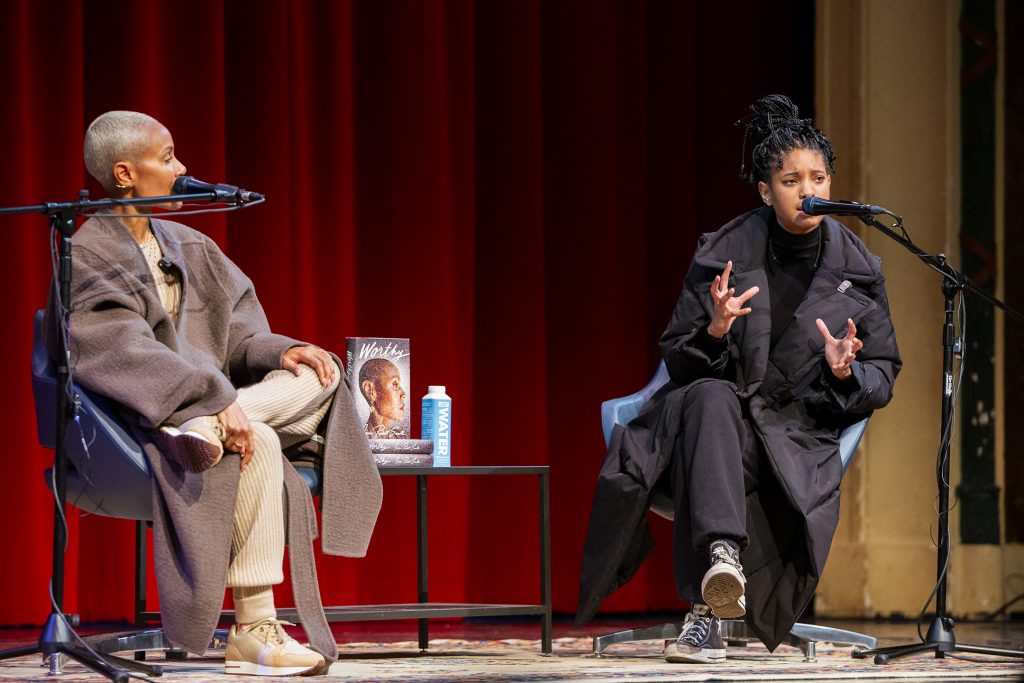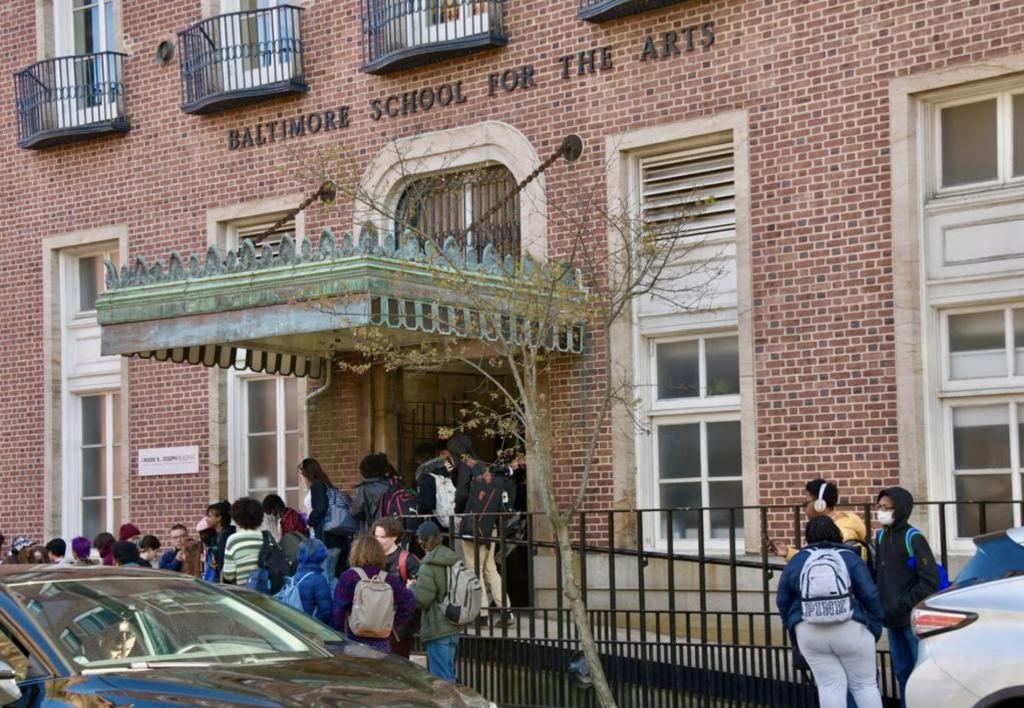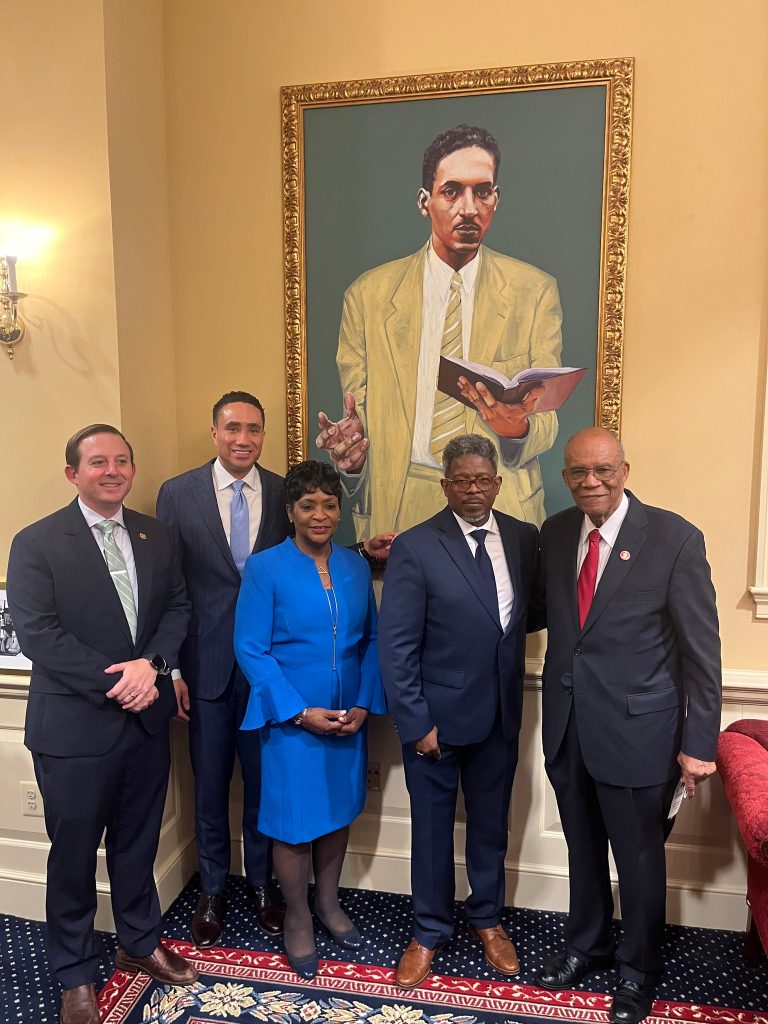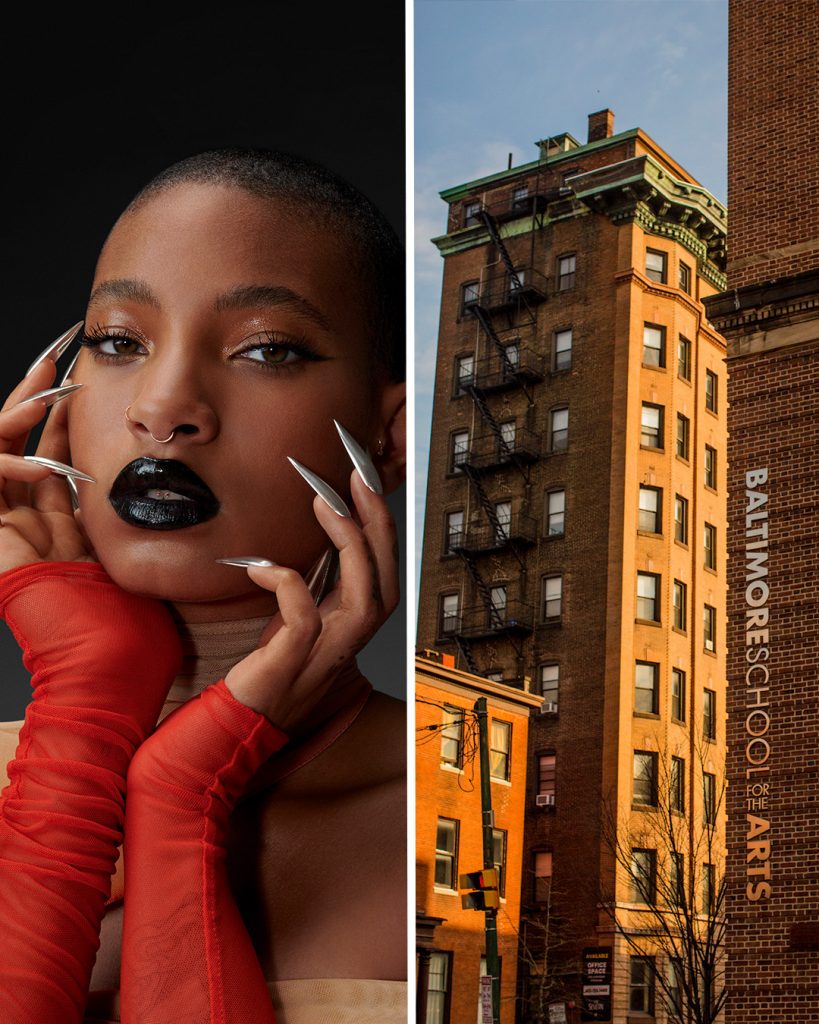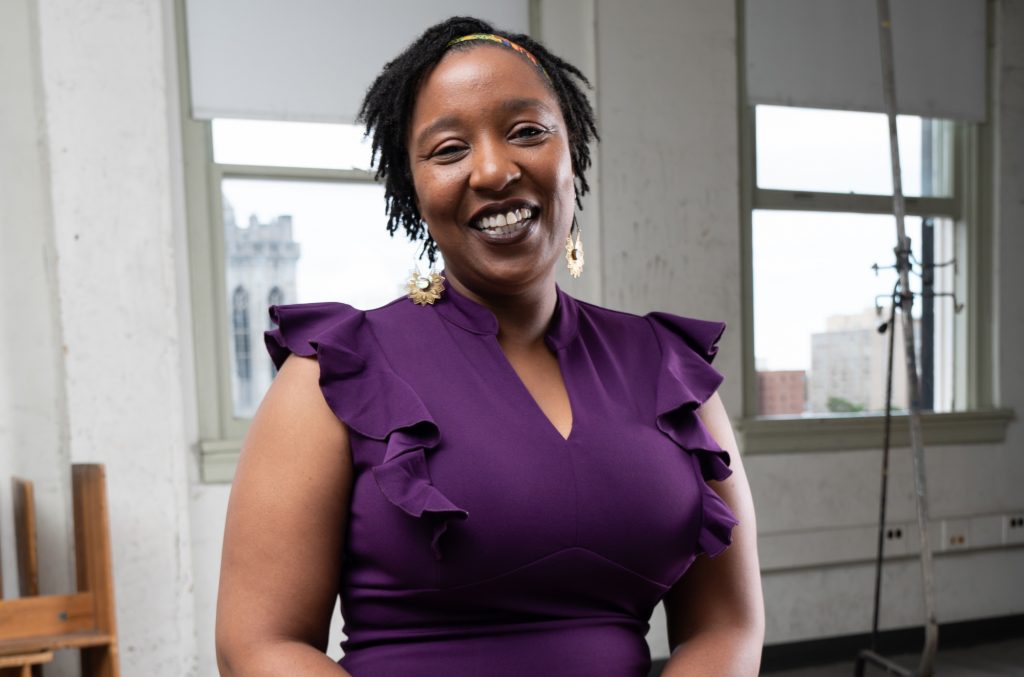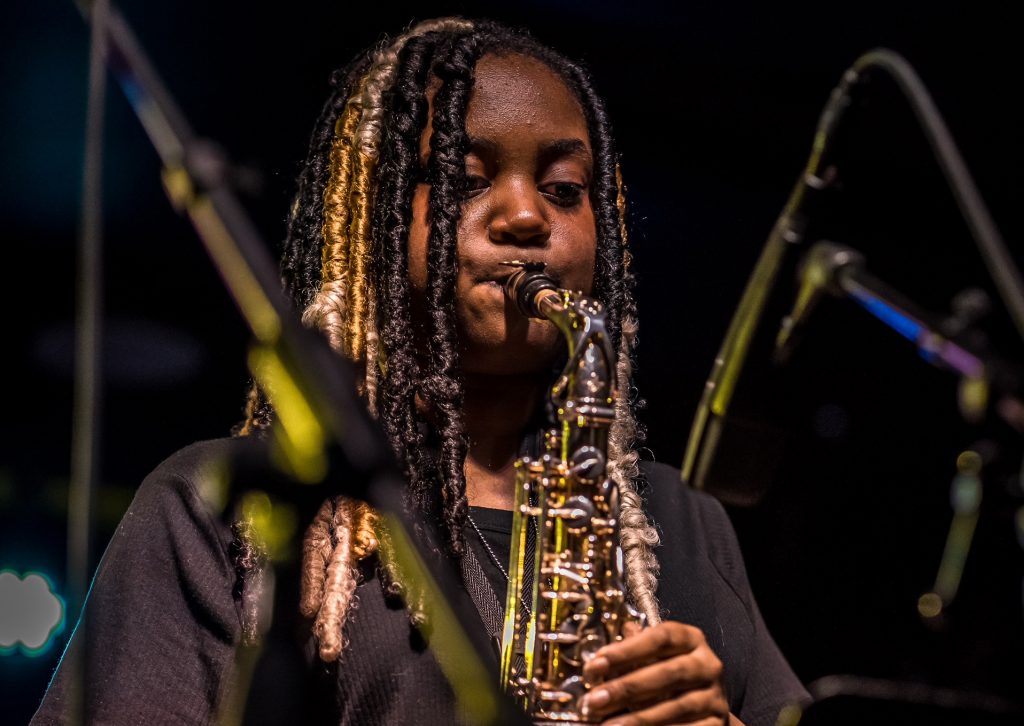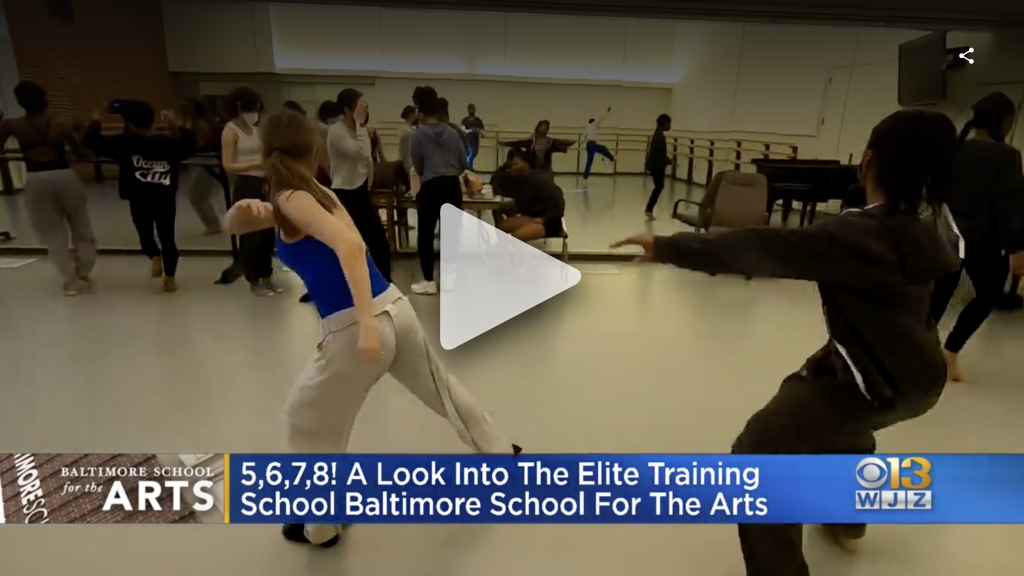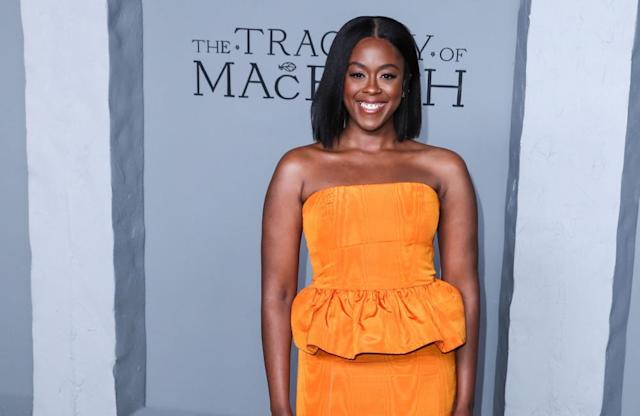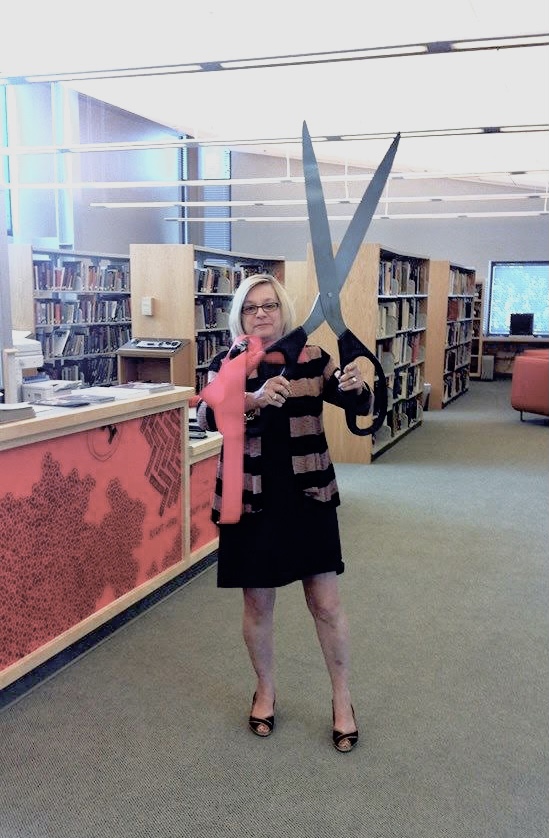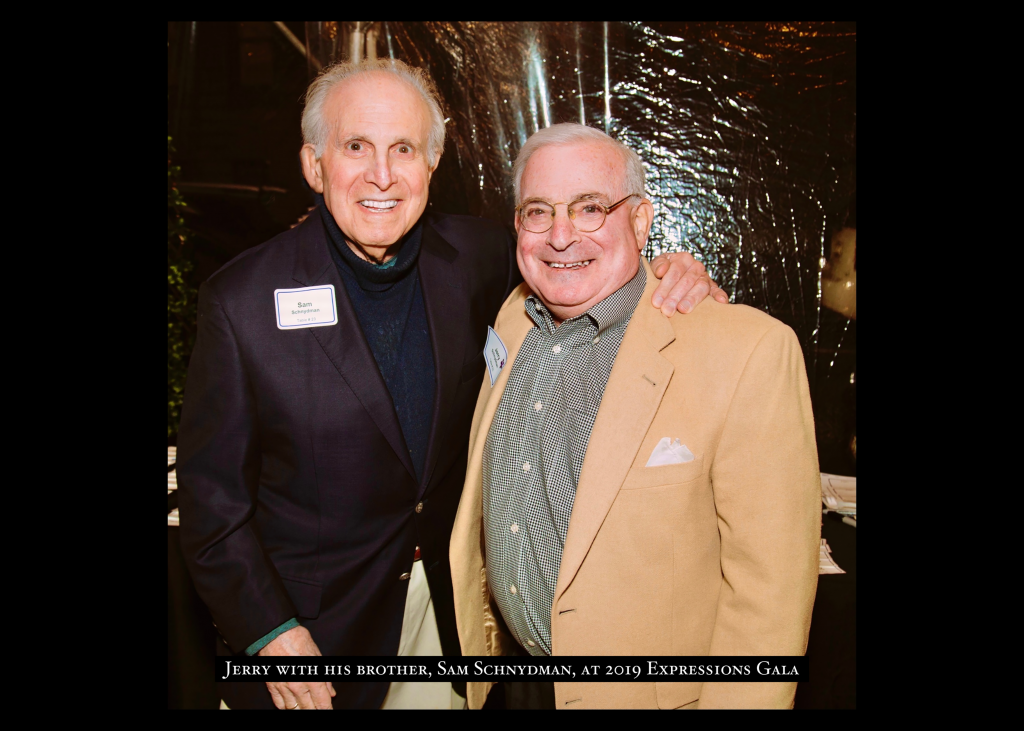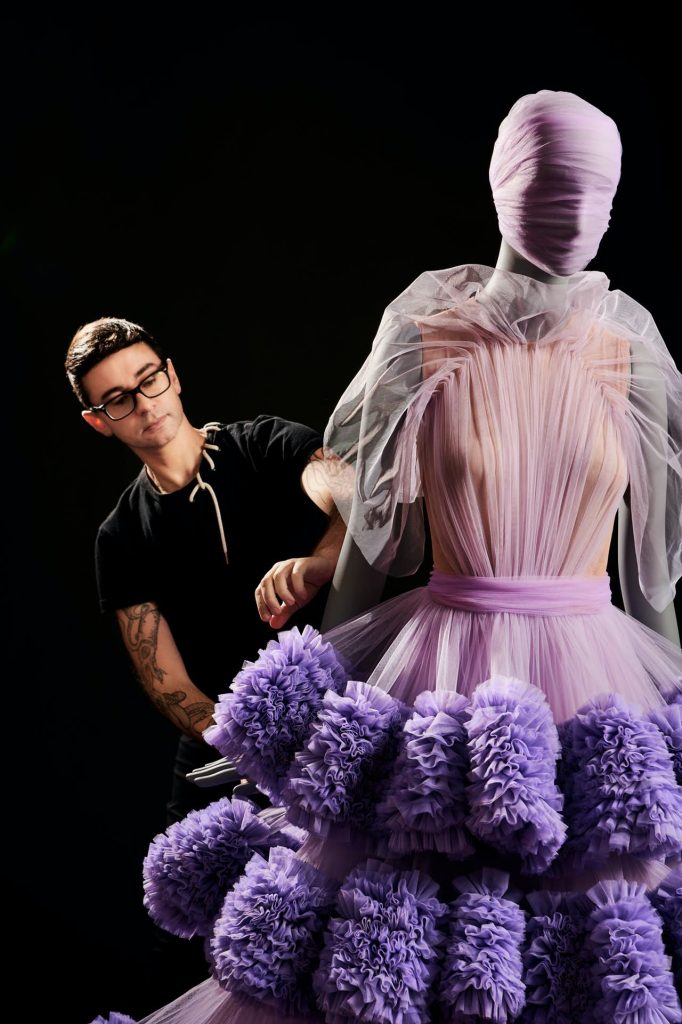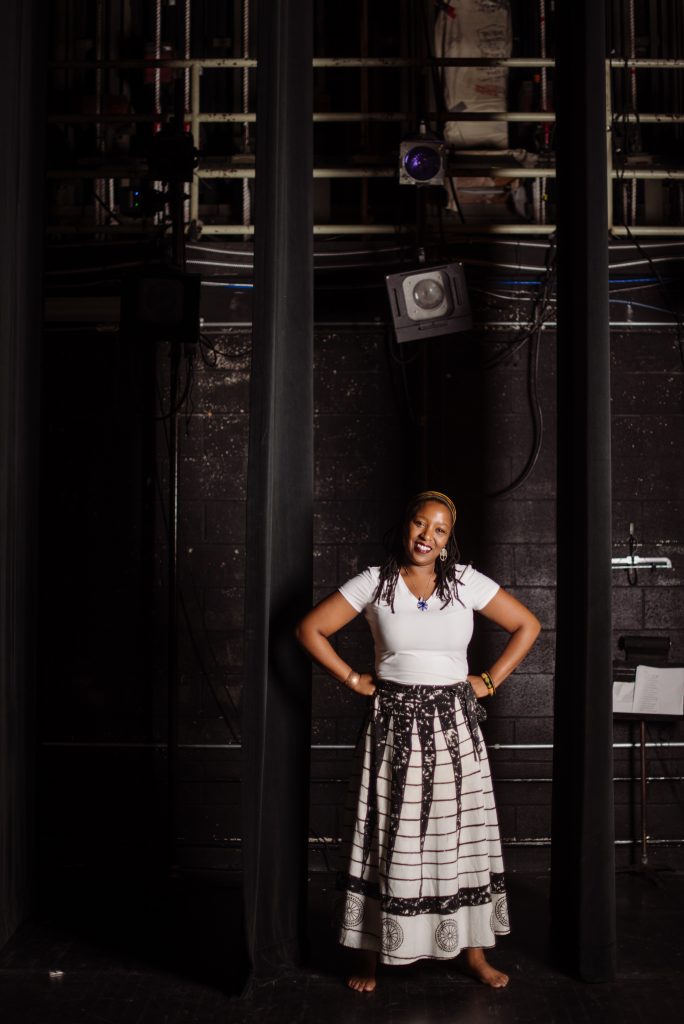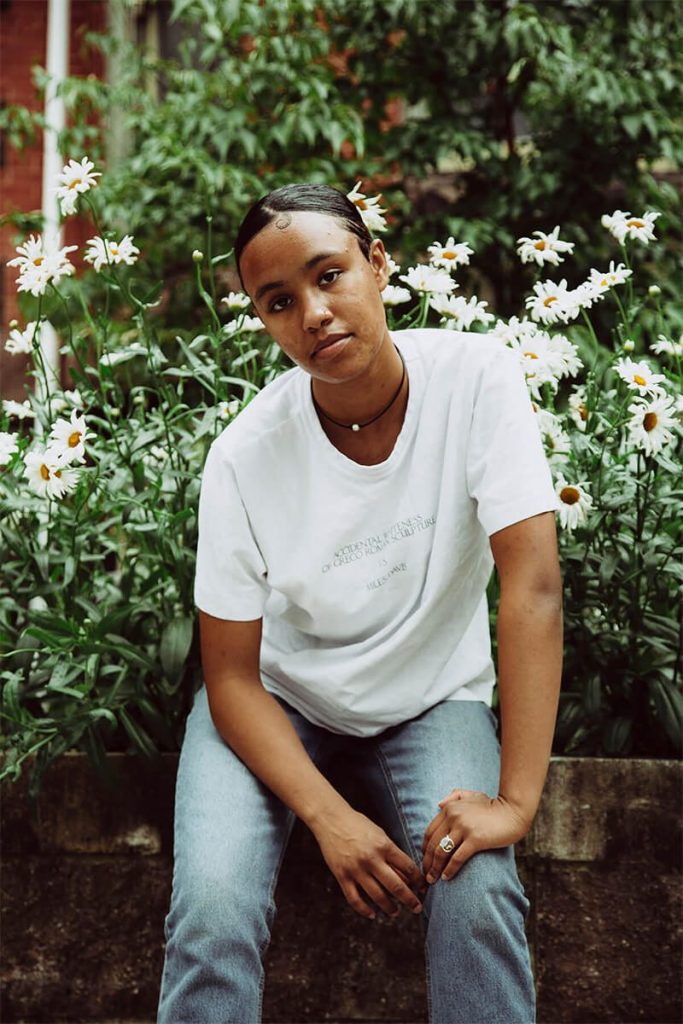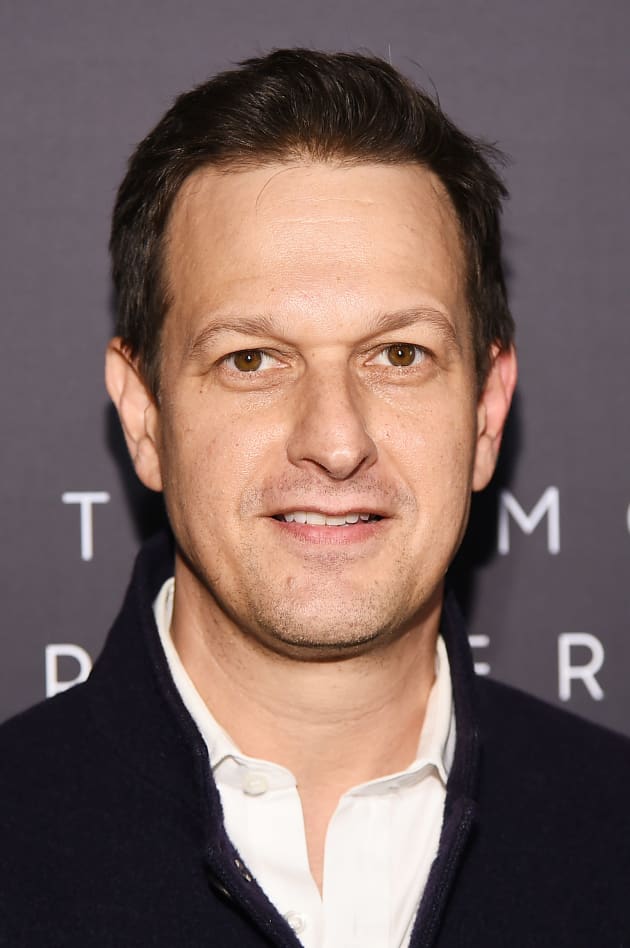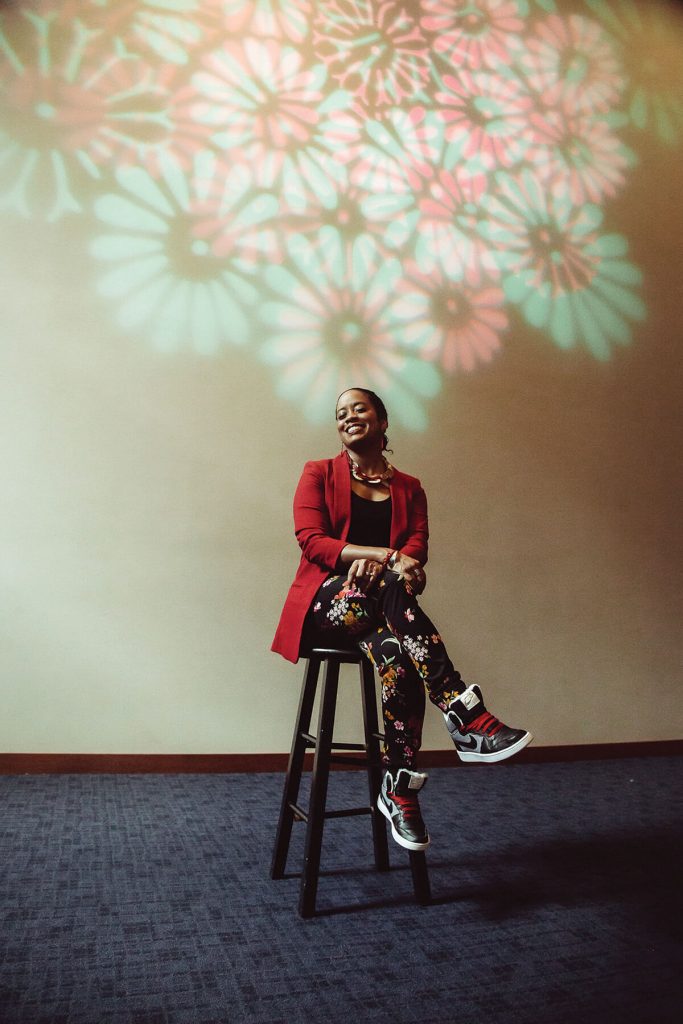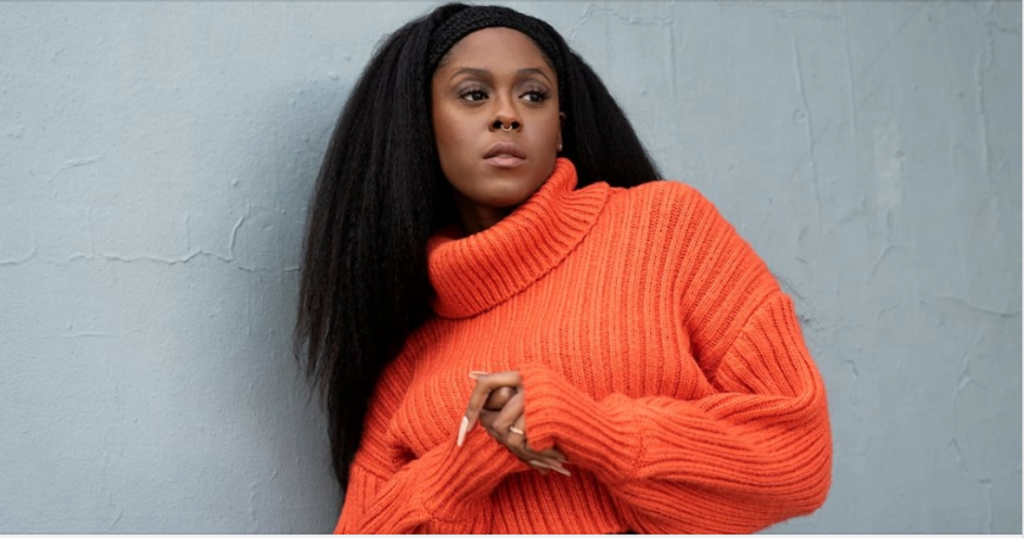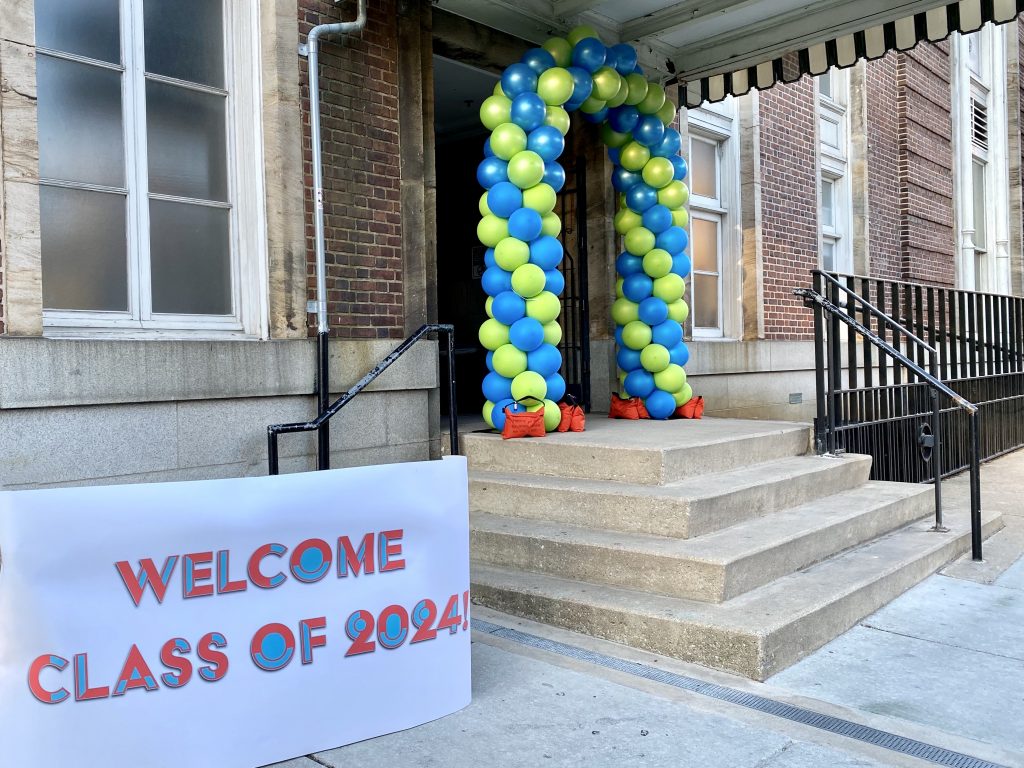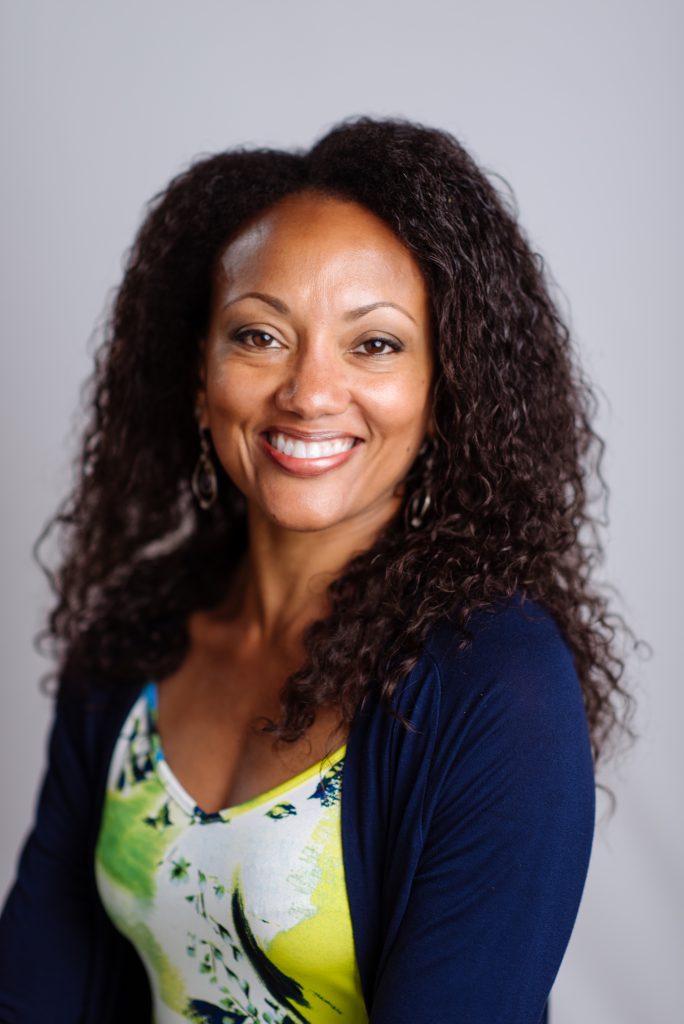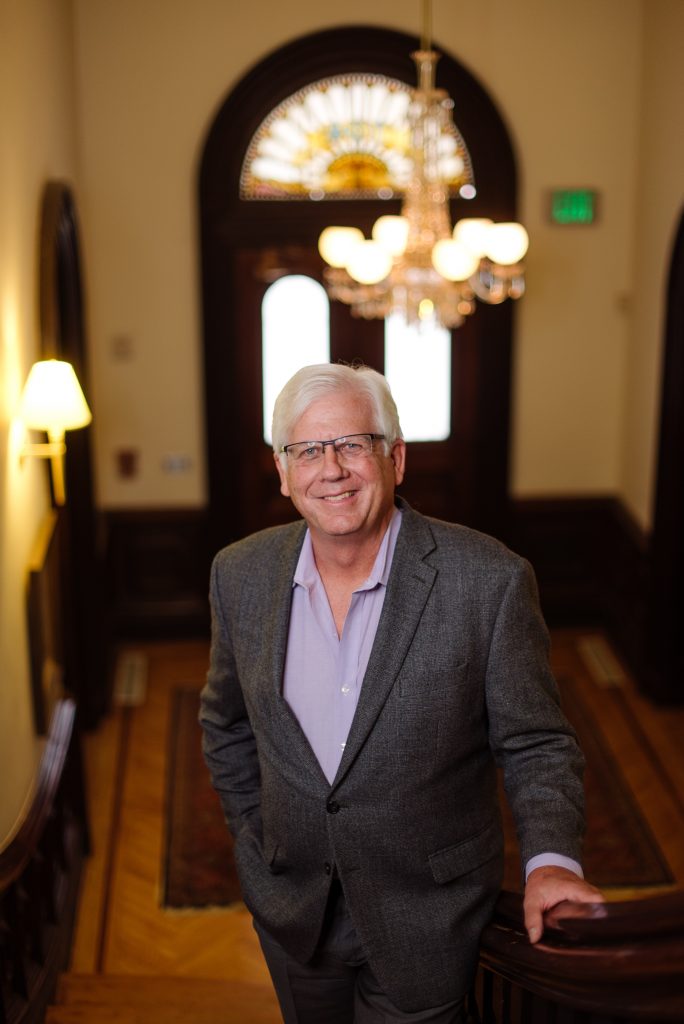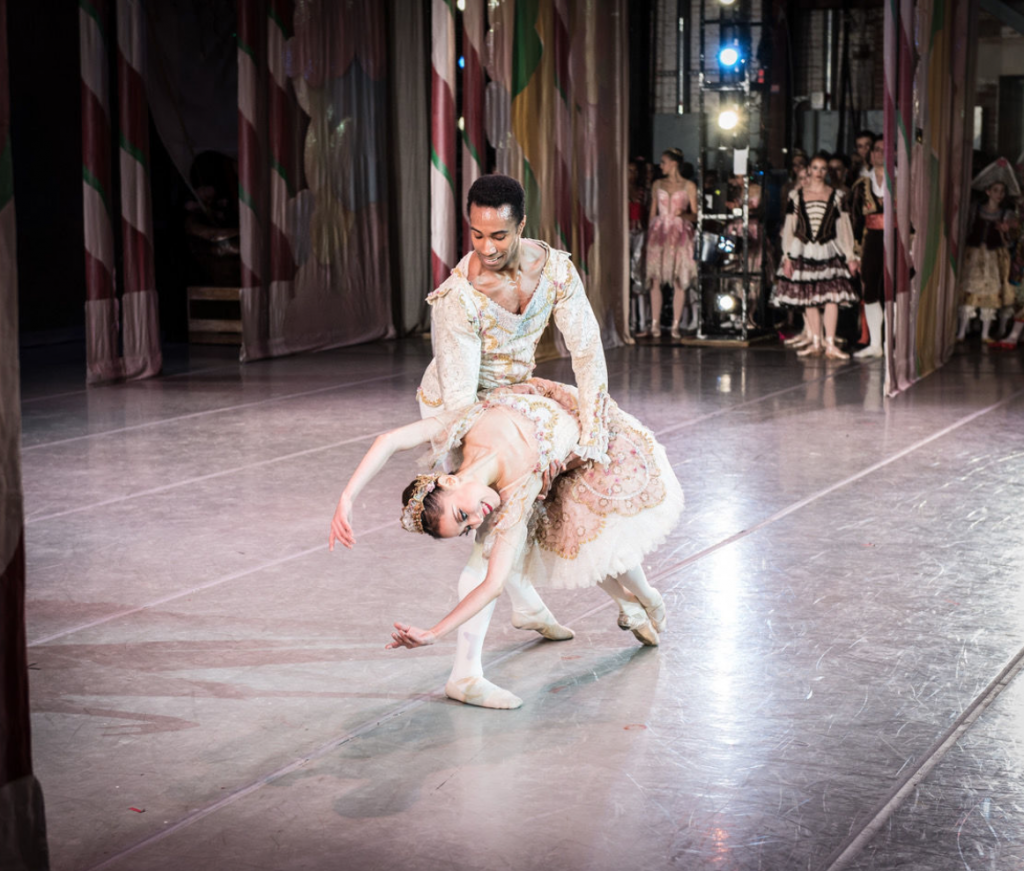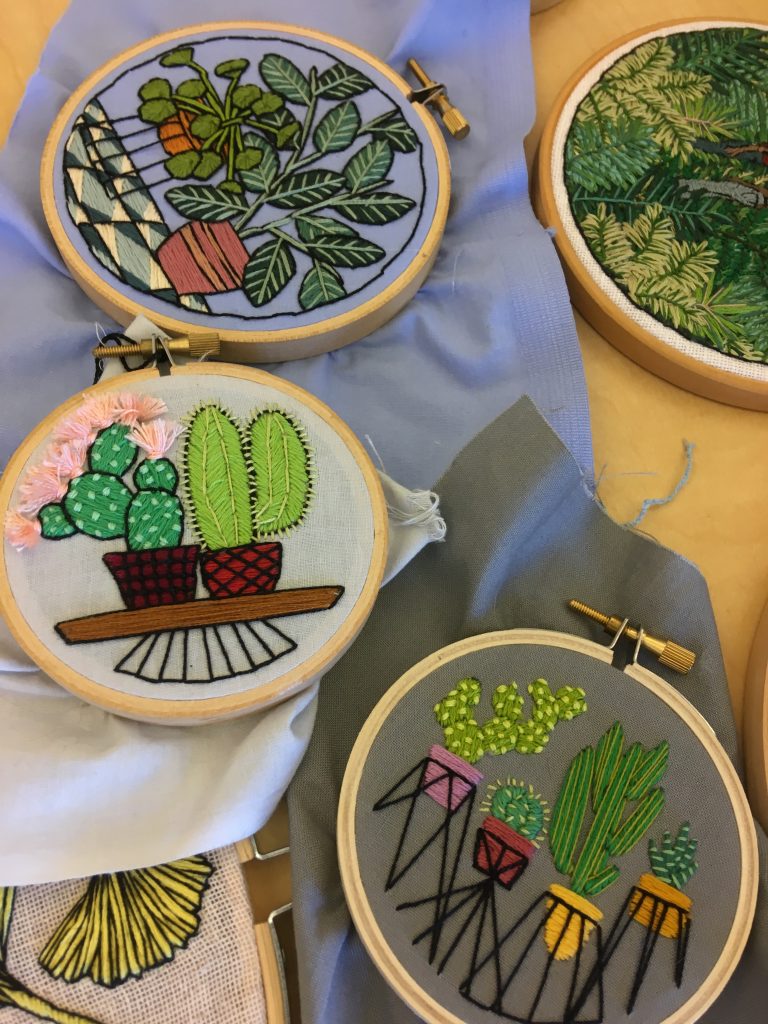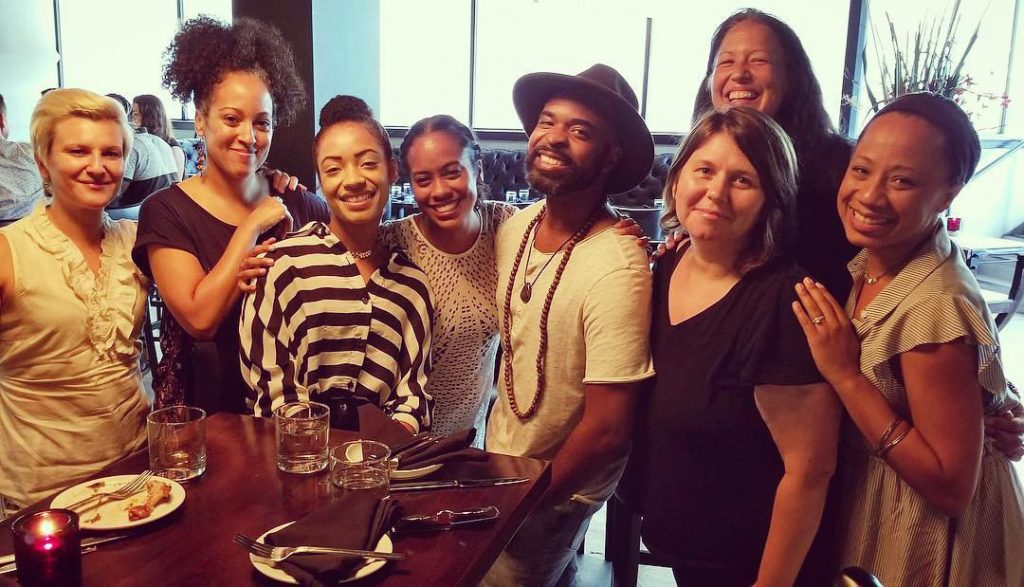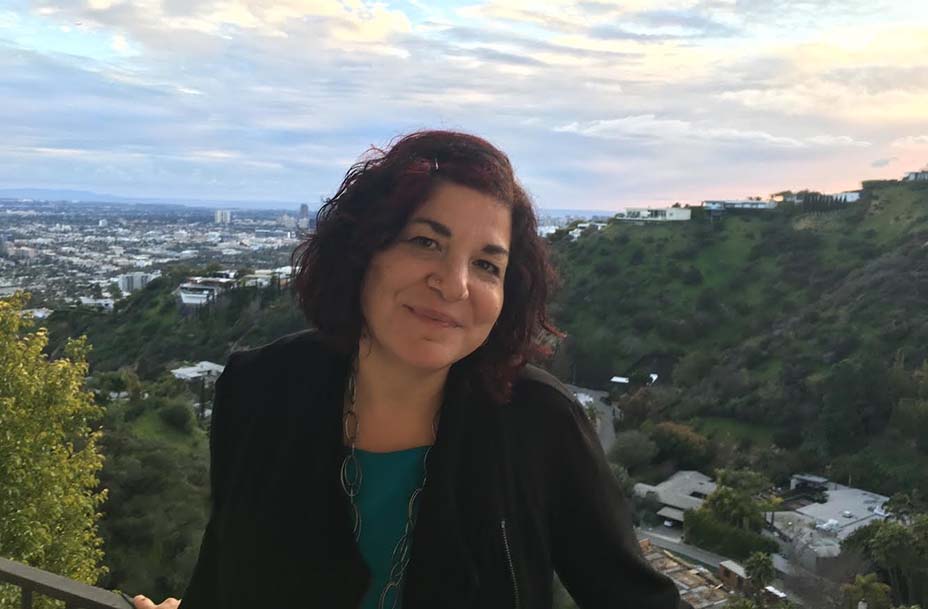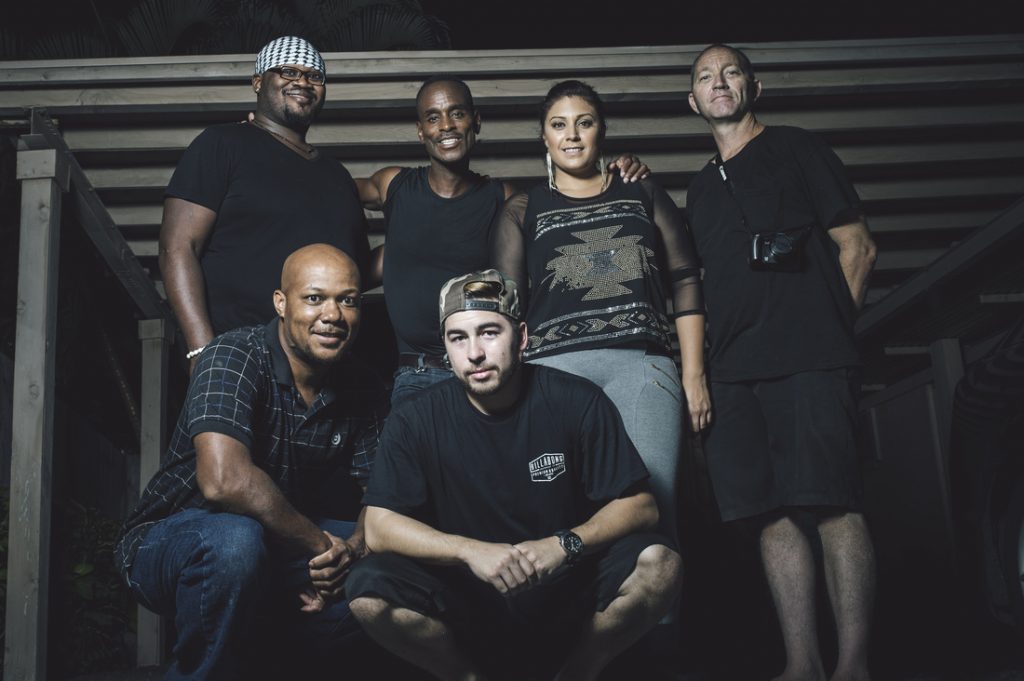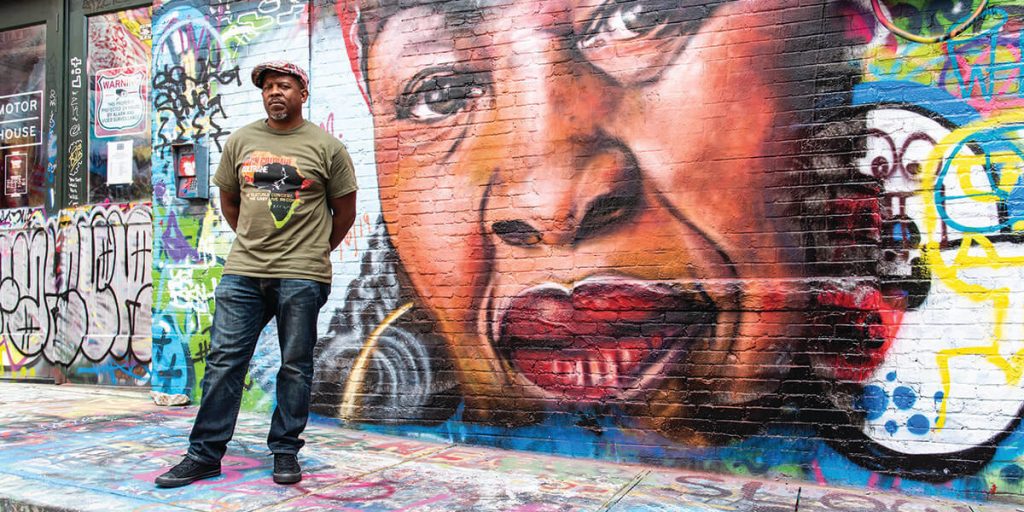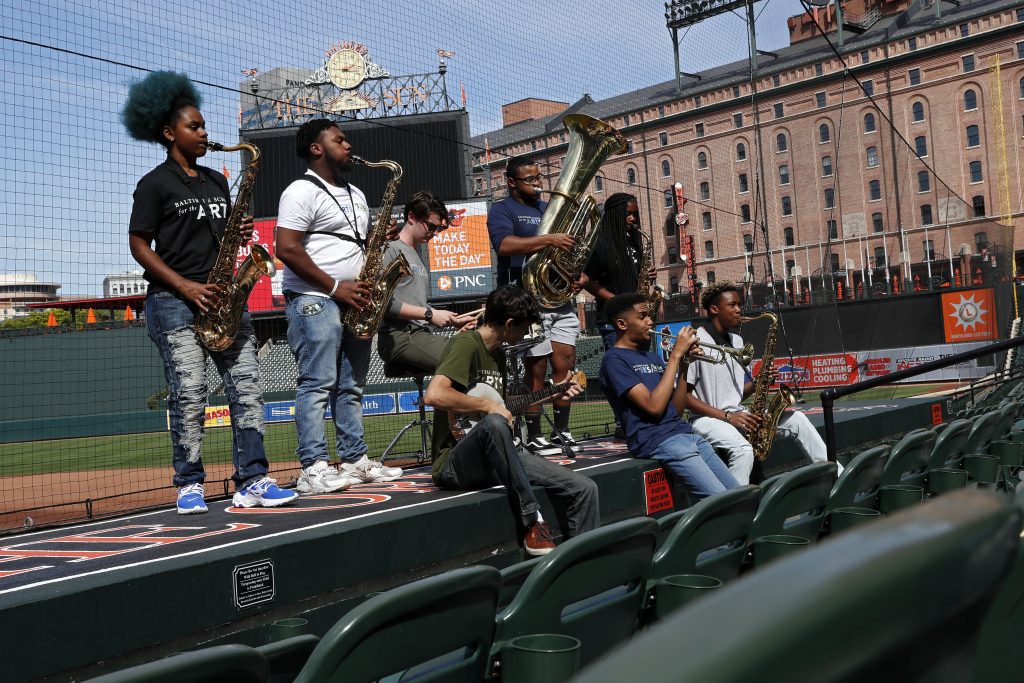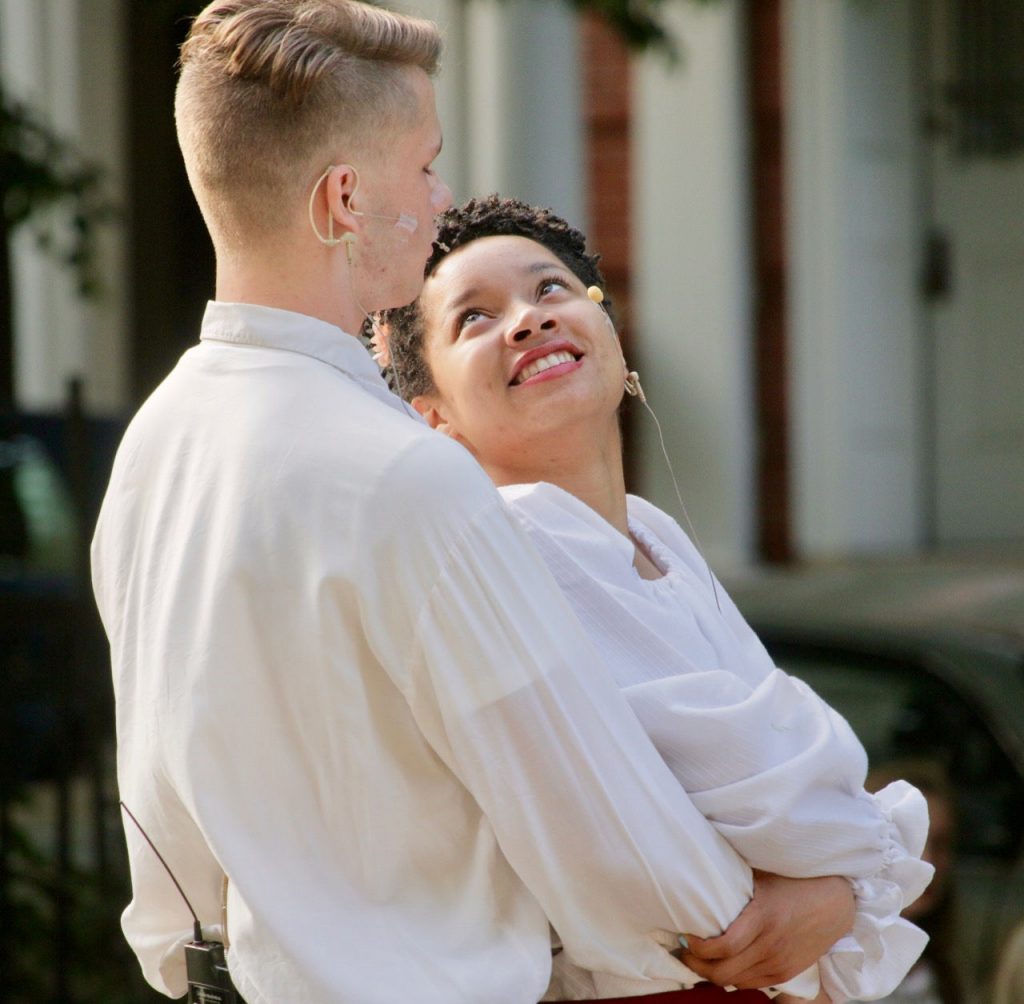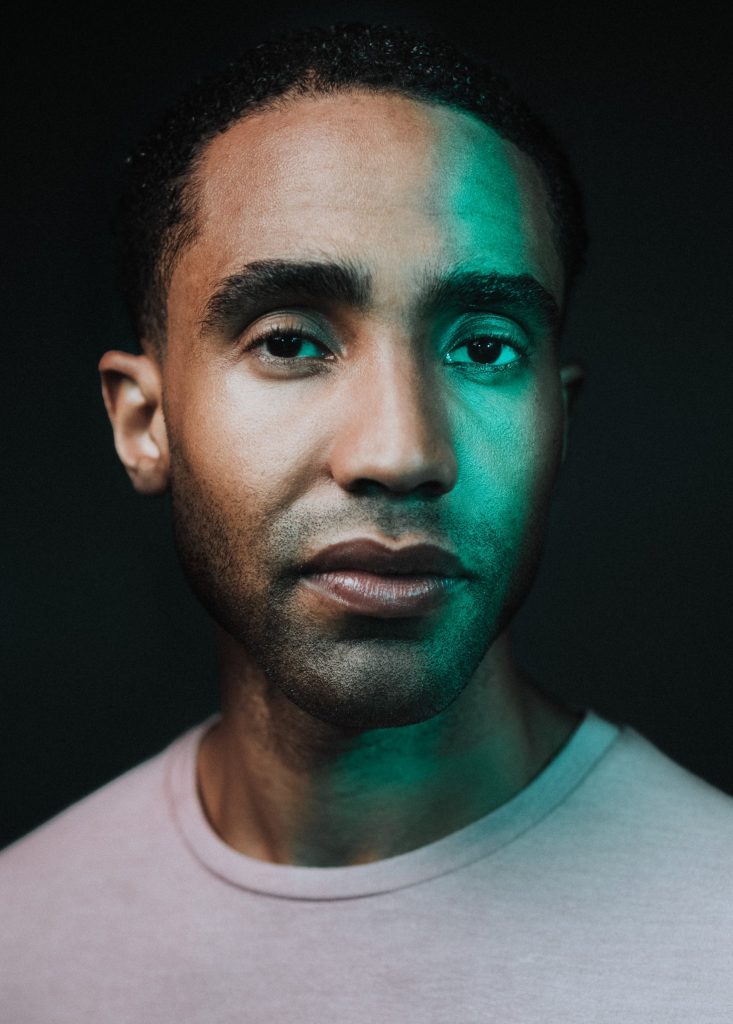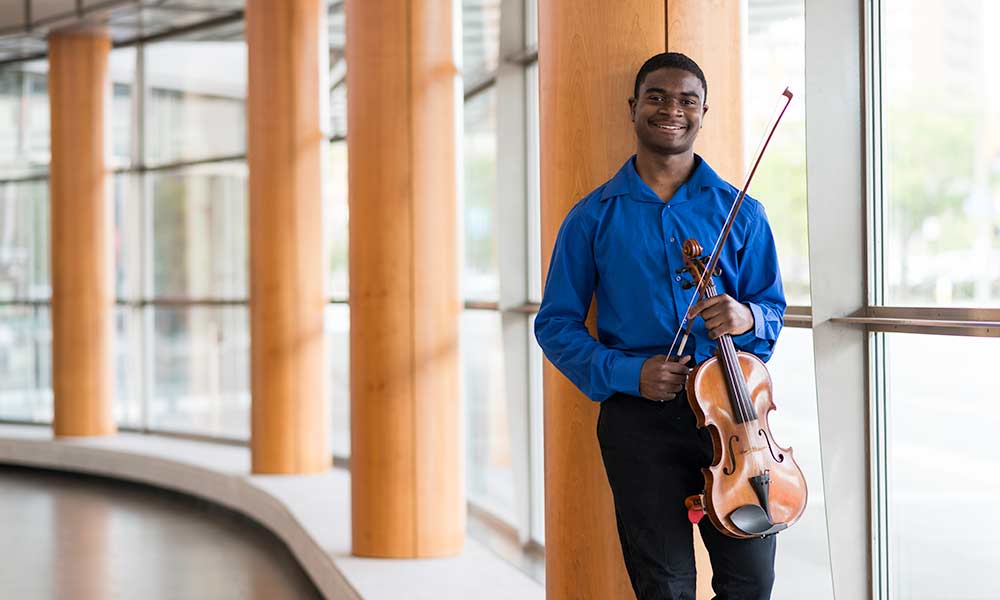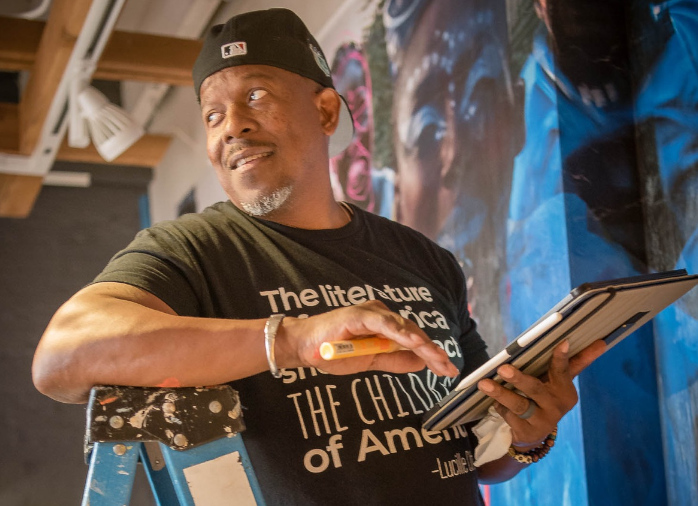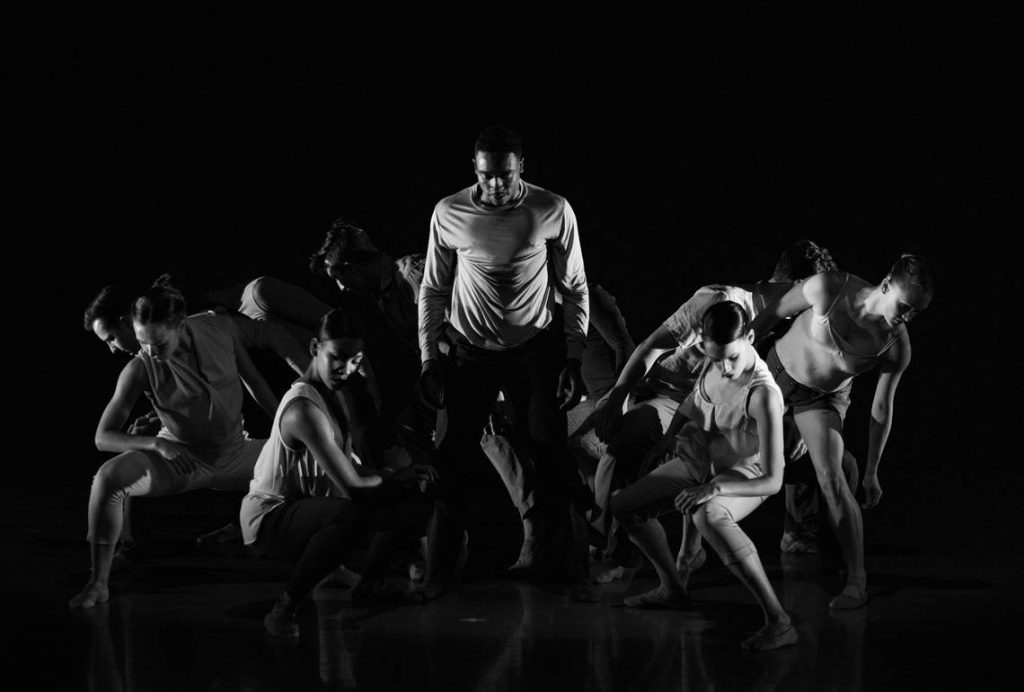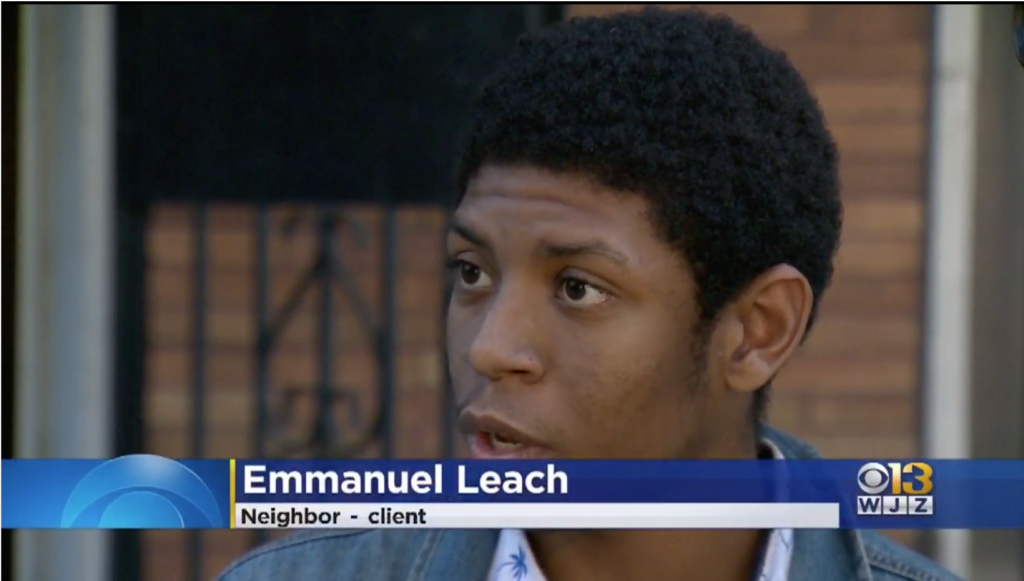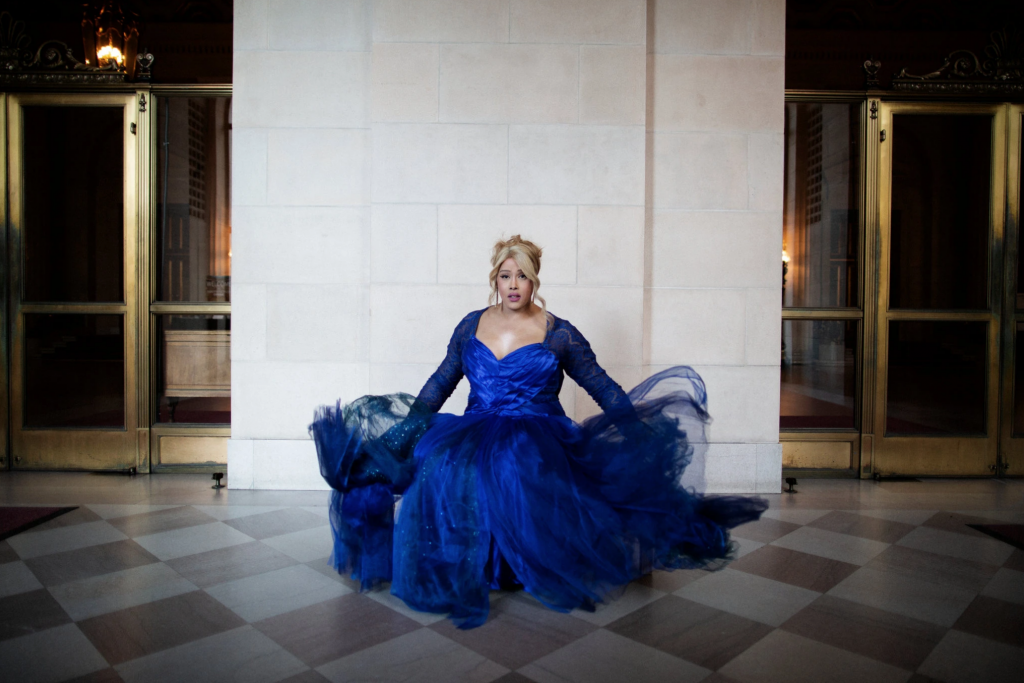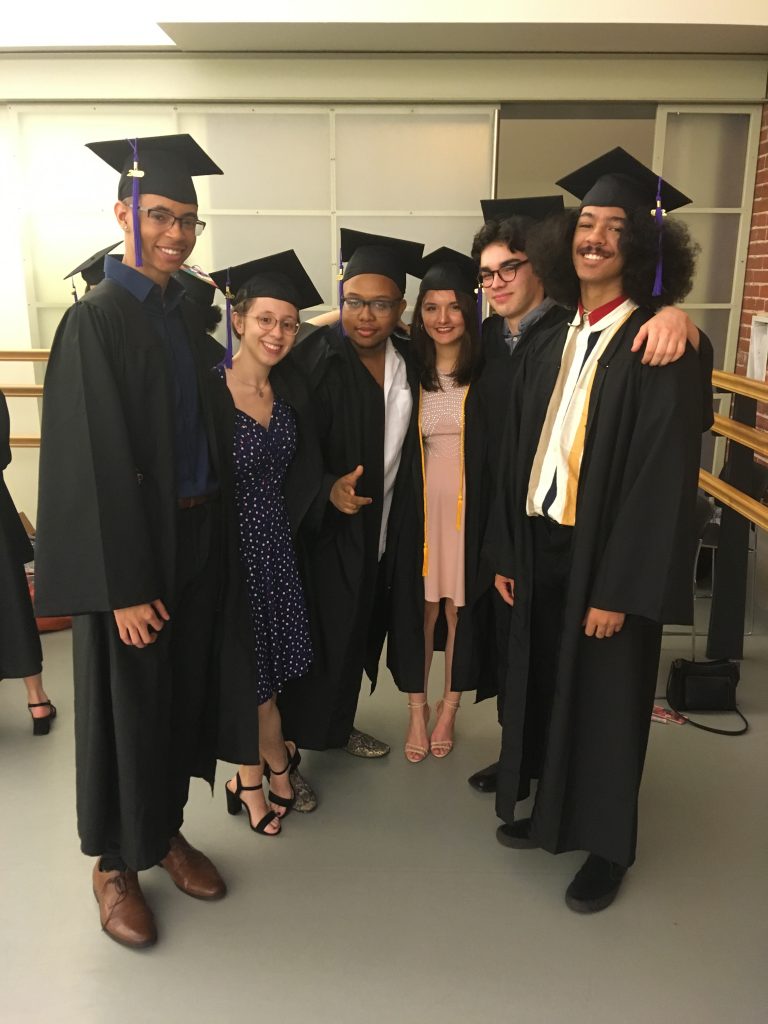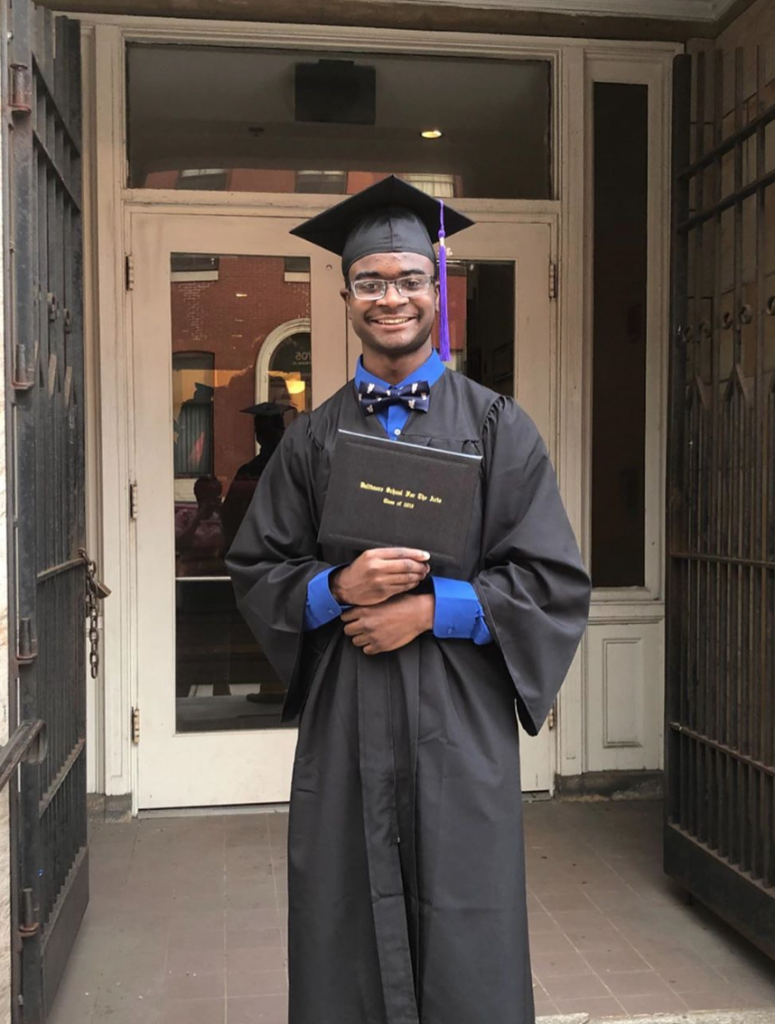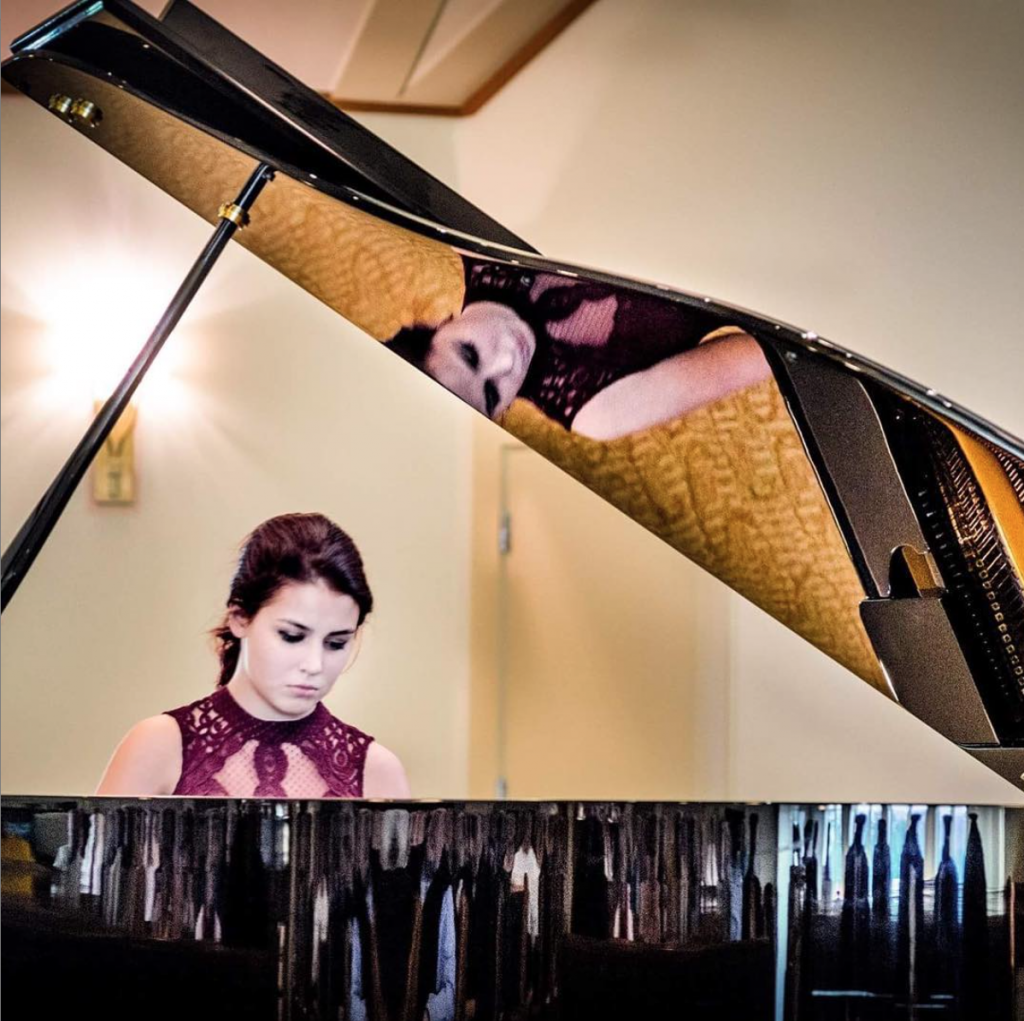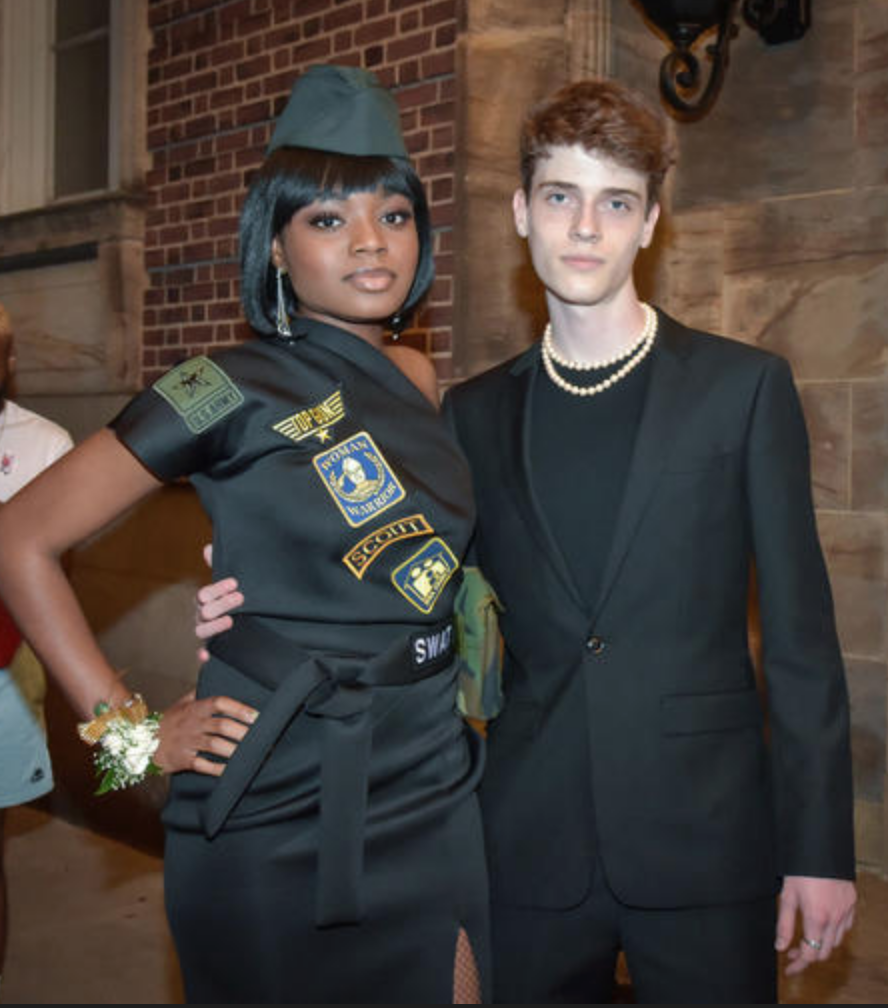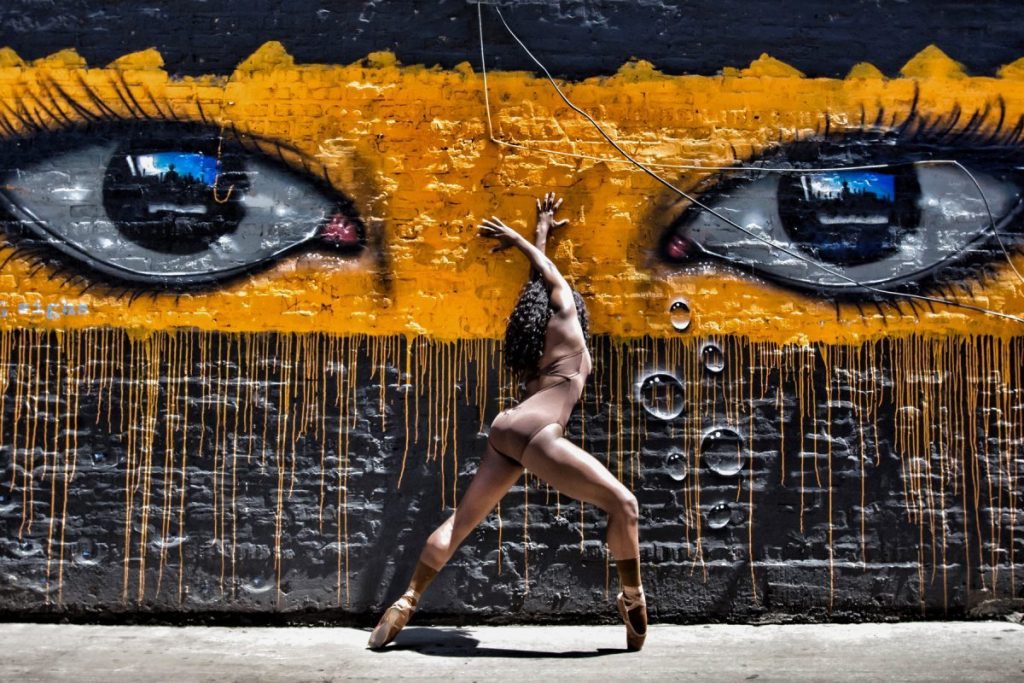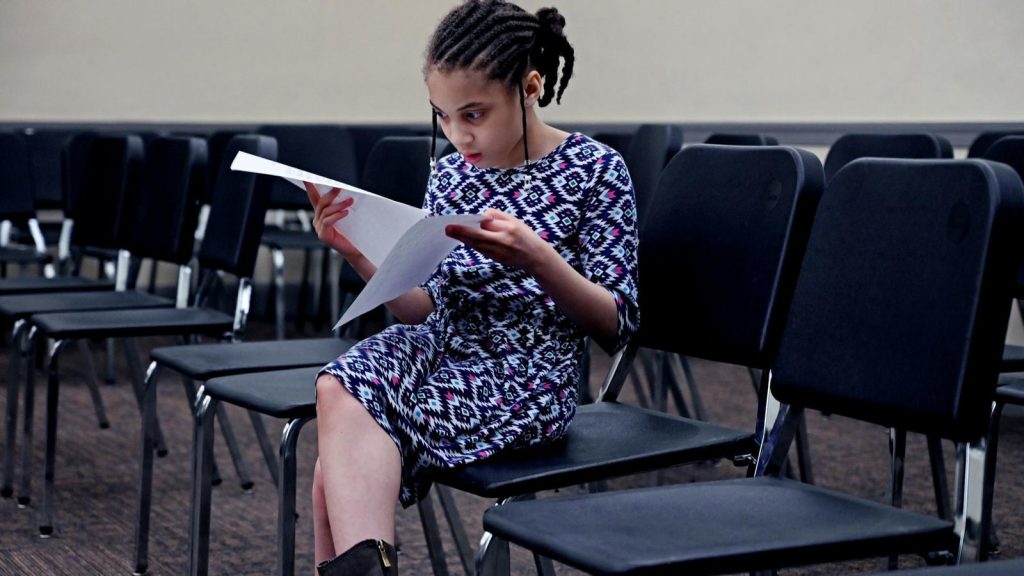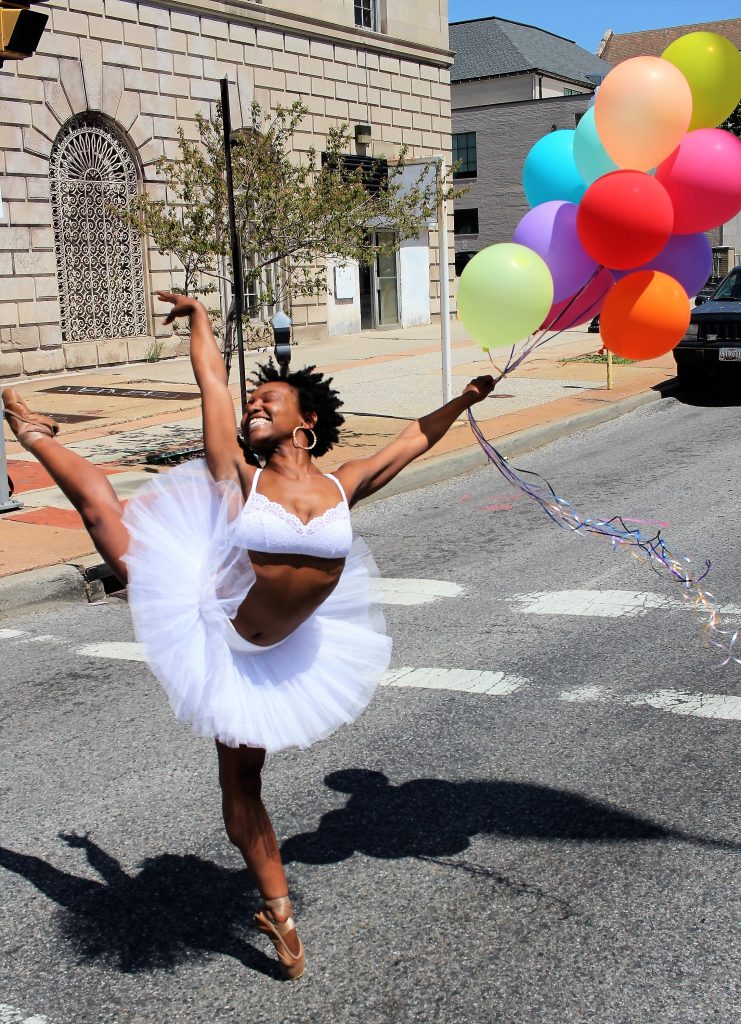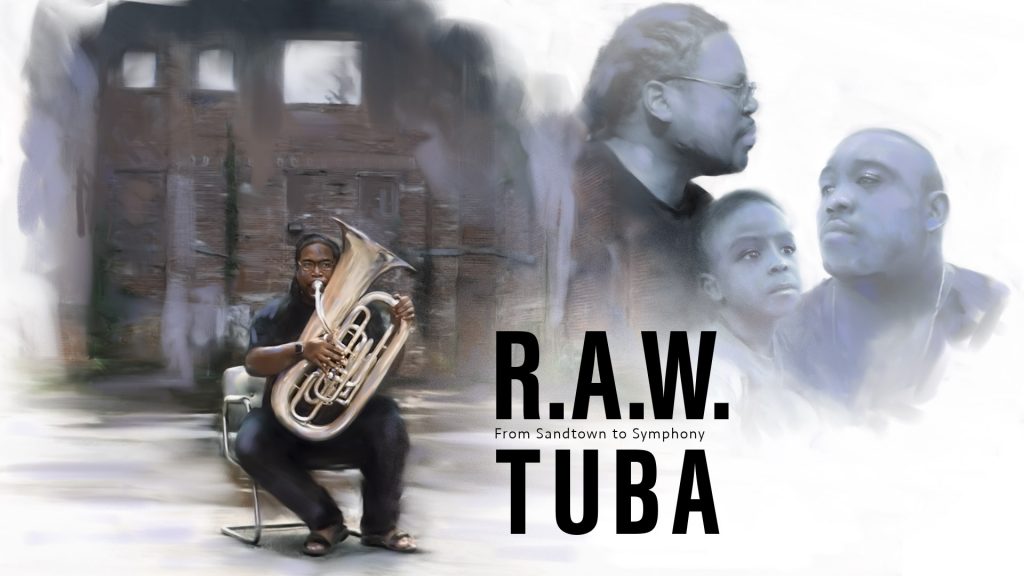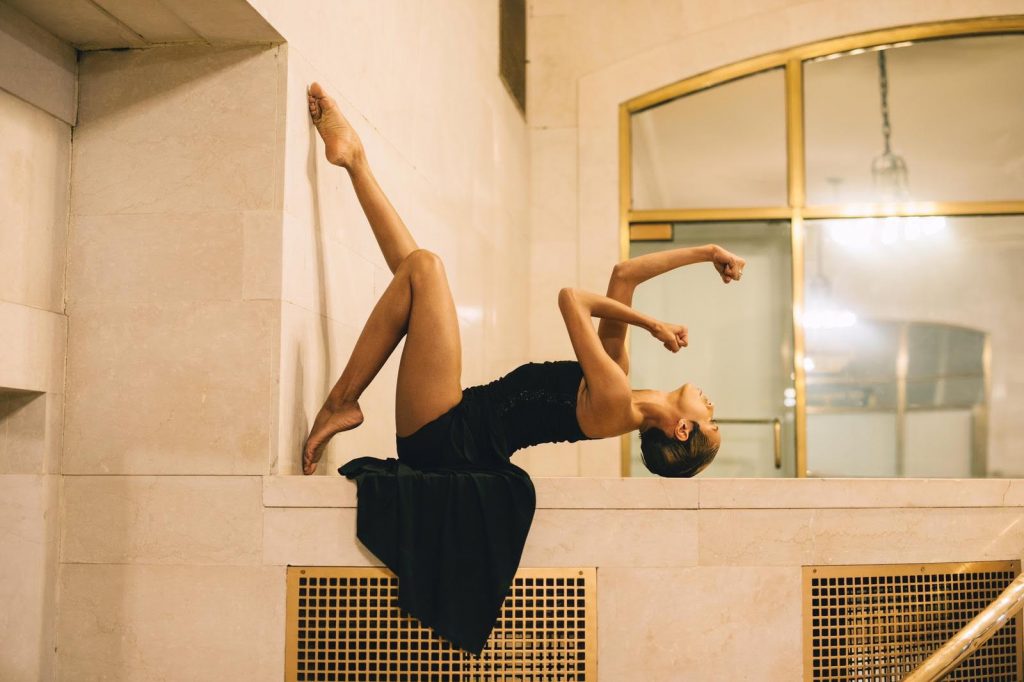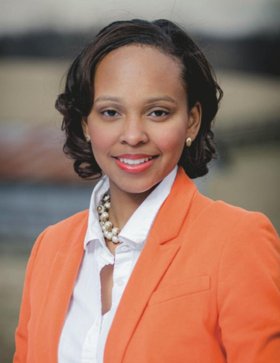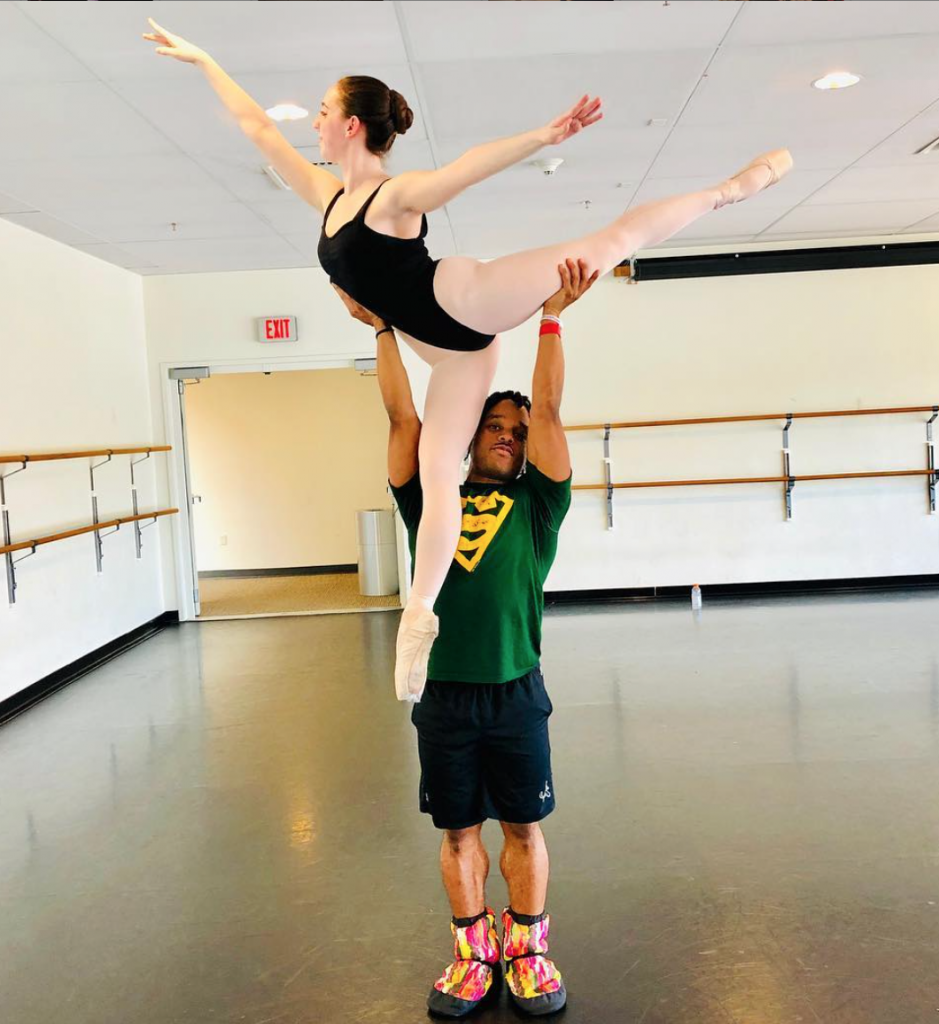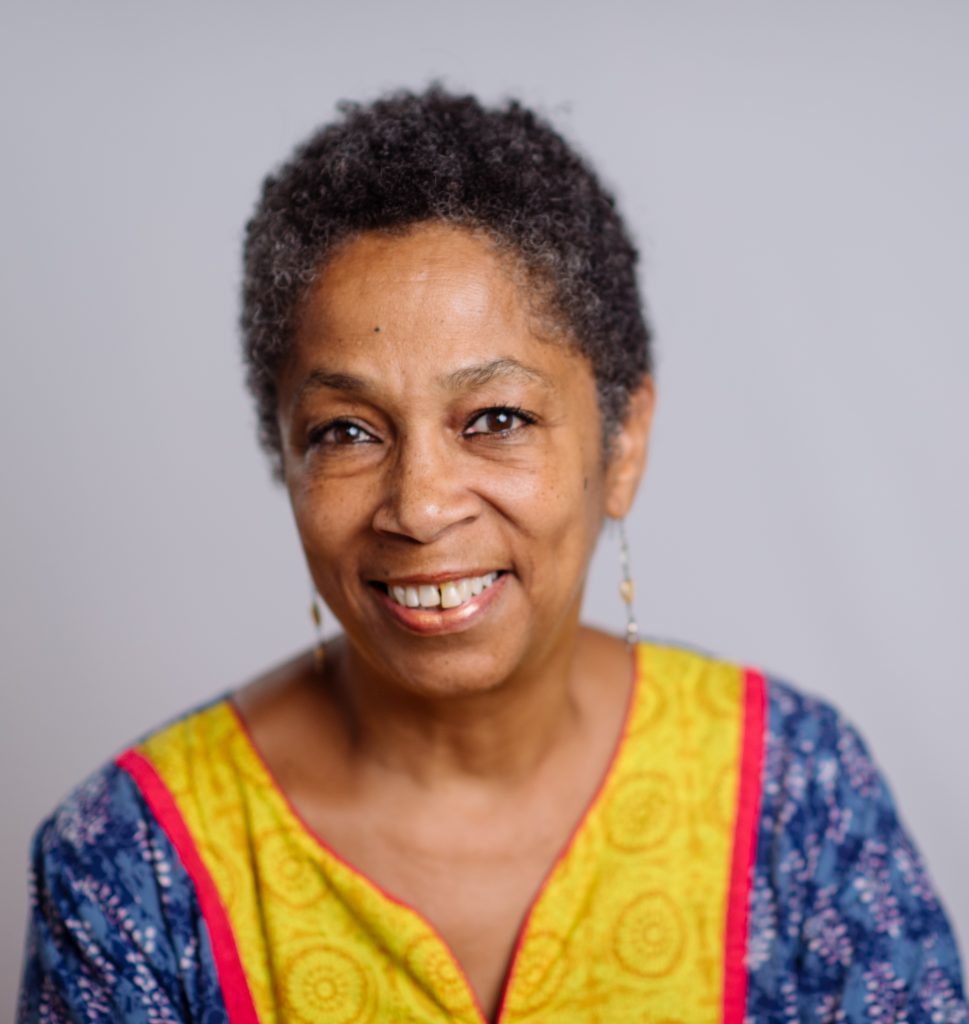He’s known for whimsical and show-stopping designs, for breaking down barriers in couture fashion regarding size, and for his down-to-earth but vivacious personality. Few may also realize that Christian Siriano—a CFDA fashion designer and Baltimore School for the Arts alumnus who was just named to TIME magazine’s 100 Most Influential People list—overcame significant setbacks on his path to becoming a top brand loved by women all over the world.
At the second annual Charles C. Baum Symposium for Business and the Arts on May 18, Siriano shared how he built his company from a fledgling brand into a couture powerhouse. The symposium was moderated by former Visual Arts Department Head Stephen Kent, who led the department during Siriano’s days as a student, and TV and radio personality Mario Armstrong, who is also a BSA board member and the grandson of one of the founders of the school.
From the very beginning of his time at BSA, Siriano forged his own path by convincing Kent to let him “do his own thing” and focus on fashion design, a program not offered at the school. Siriano says he was “obsessed” in those early days, dreaming about fashion every night he went to sleep. But his persistence paid off. He was the first—and only— student to ever be allowed to create his own field of study.
“We did what we could do with the curriculum because that’s what we needed to do,” Kent said. “We were happy to do it because Christian worked really hard.”
Siriano described the first collection he created at BSA as “hot-glued and horrible. But it worked.”
In the early years as a BSA student, Siriano said, he knew nothing about fashion but knew he wanted to make clothes. He was relentlessly determined and insatiably curious as he worked toward his dream.
“I’m not one to shy away,” he said. “I ask lots of questions. You have to be overly curious, overly interested until the point you are annoying.”
As graduation day approached, Siriano was rejected by his top choices for college, F.I.T. and Parsons, while many of his peers would be attending some of the finest colleges and art conservatories in the country.
“I knew I had to challenge myself and push myself into new things,” Siriano said. So he decided to make the leap and move to London to study even though he didn’t even have so much as a passport. He credits the experience with exposing him to a number of new cultures, and today his company has clients with diverse backgrounds from all over the world.
After finishing his studies, he returned to New York City as a make-up artist, but he couldn’t find work. So he started making his own collections. But that didn’t take off right away either. In the first five years, money was tight. Fashion is expensive, and it’s a difficult industry in which to scale and grow.
“In the beginning, failures were so hard,” Siriano said. “Every collection, I was doing what I thought was beautiful work, 40-50 pieces, but no retailer was picking it up. I sent it to so many actresses but nobody wanted to wear it. In the beginning, I took it personally. But because I was doing what I loved, I stopped caring.”
“We all overthink a bit and judge ourselves,” he added. “We have to remember the work is good.”
His business started to turn the corner through strategic partnerships with large brands such as Payless.
And although Siriano admits he wasn’t much of a math student when he was at BSA, he had a gift for business and was always able to choose profitable projects. Some questioned his judgment when he signed on with Payless, but the 10+ year partnership has sold hundreds of millions of shoes for more than $1 billion in sales.
He encouraged the students to be overly ambitious in every project.
“If you want to be a creative artist and just make beautiful work, that’s one thing. But if you want to take it to where we are now you have to be overly boisterous,” Siriano said.
When Payless asked for 10 sketches of shoes, he sent 50. When Lane Bryant was looking for designs, he once again sent well beyond the requested number and the company produced every single piece.
Armstrong brought up the topic of his famous tweet offering to dress Leslie Jones for the Ghostbusters premiere, and asked him to share his thoughts on the power of social media to build a personal brand.
Describing the power of social media as “unbelievable,” he encouraged the students to put forward their work if they were proud of it. He cautioned that many times this also means you’re revealing work-in-progress and opening up the doors to criticism. But with his trademark confidence, Siriano said he wasn’t deterred by any negative feedback.
And how does he silence the requisite inner critic that follows almost everyone?
“We take a minute,” he said. Siriano gathers his team, many of whom have been with him since the beginning, and they reflect on the great work they’re doing.
Siriano, Armstrong, and Kent finished the symposium to a standing ovation from students and local business leaders. After a quick lunch, Siriano led a masterclass for a carefully selected group of visual arts and stage design and production students who were expressly interested in design. He fielded students’ questions on topics ranging from his first apartment in New York to old BSA memories to casting calls for fashion week.
When the conversation was over, Siriano reviewed the work of a number of students, praising their efforts and offering advice on possible next steps. He exhorted one student to do a menswear show on campus, and offered to connect him with a factory.
The students were inspired by Siriano’s path, how through multiple setbacks his “obsession,” curiosity, and confidence helped him create such an enormously successful brand.
“Sometimes I feel insecure about my abilities. He inspired me to be more confident,” said Anaiah Solomon, a senior stage design and production student. “I could tell he didn’t let other people’s opinions hold him back.”
